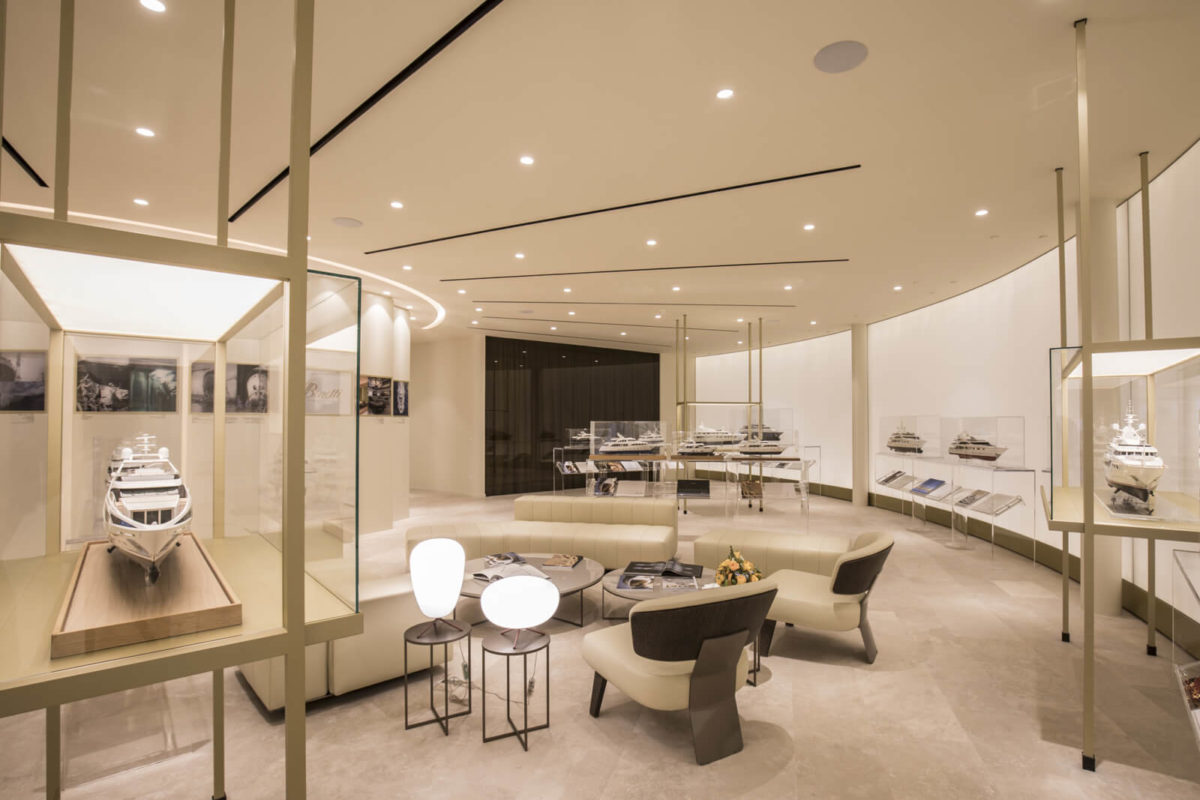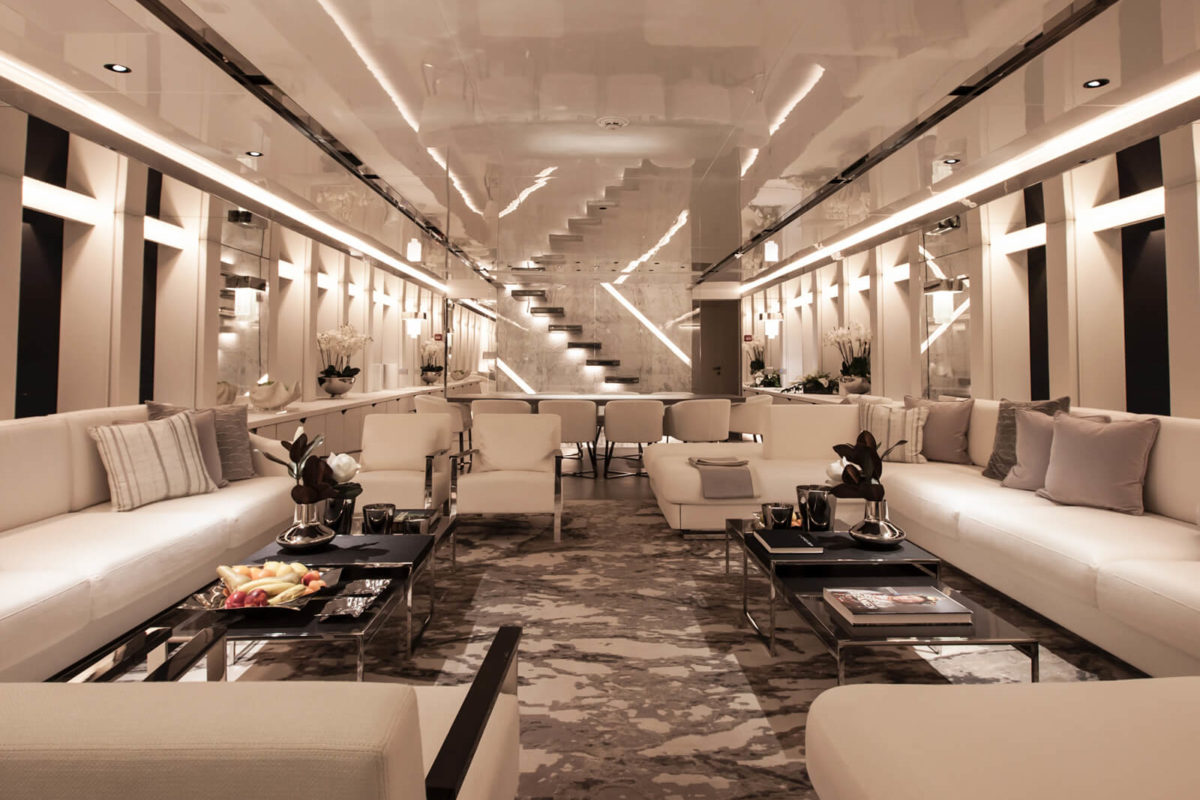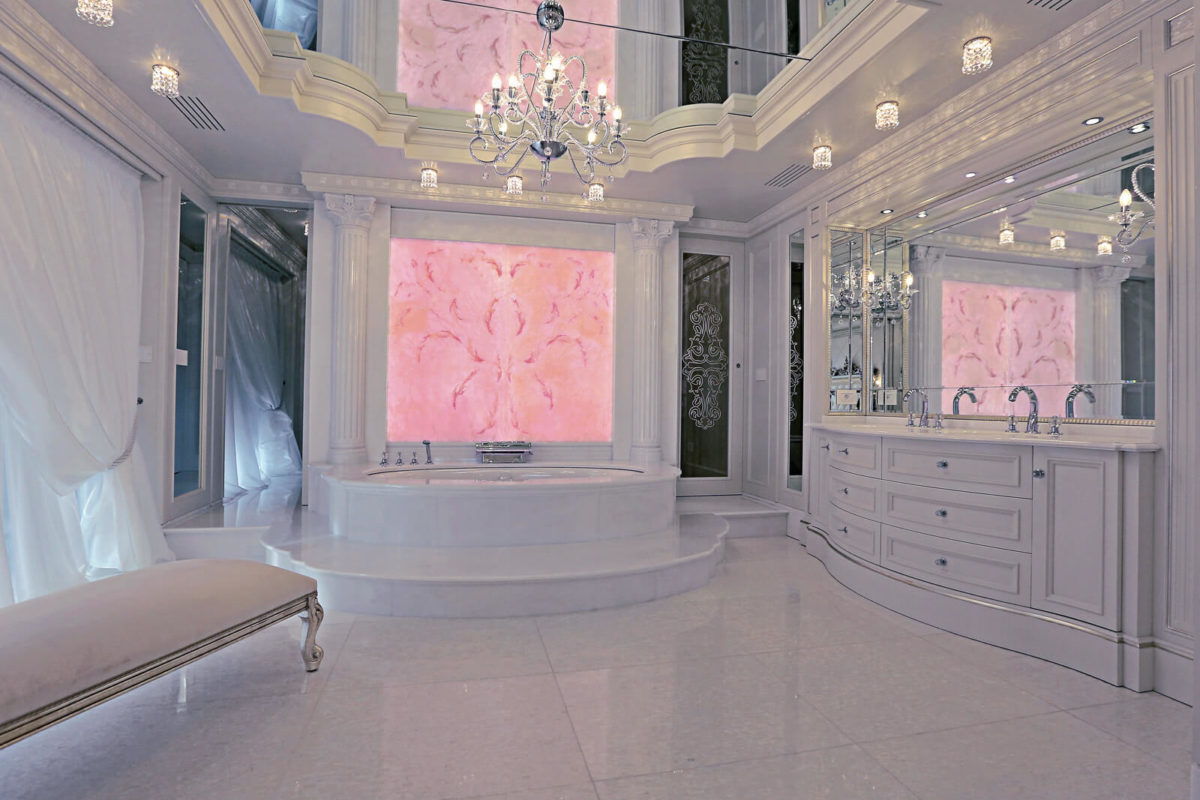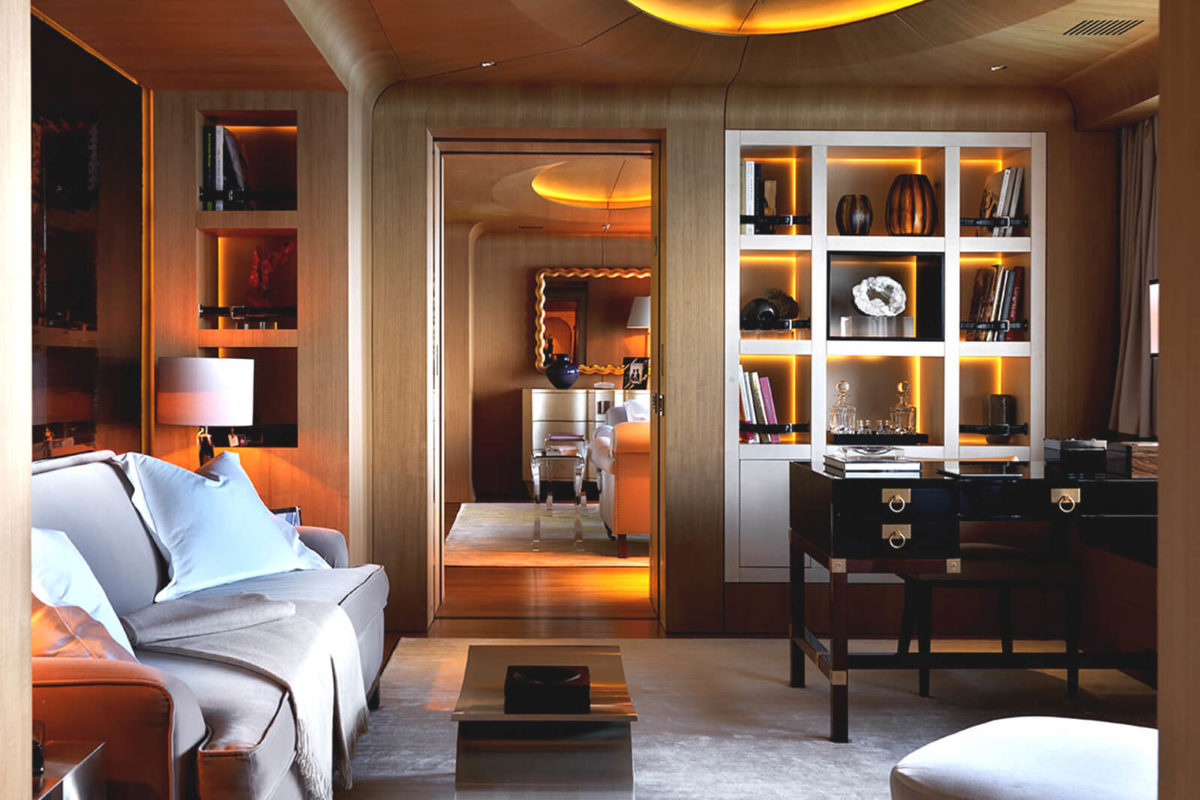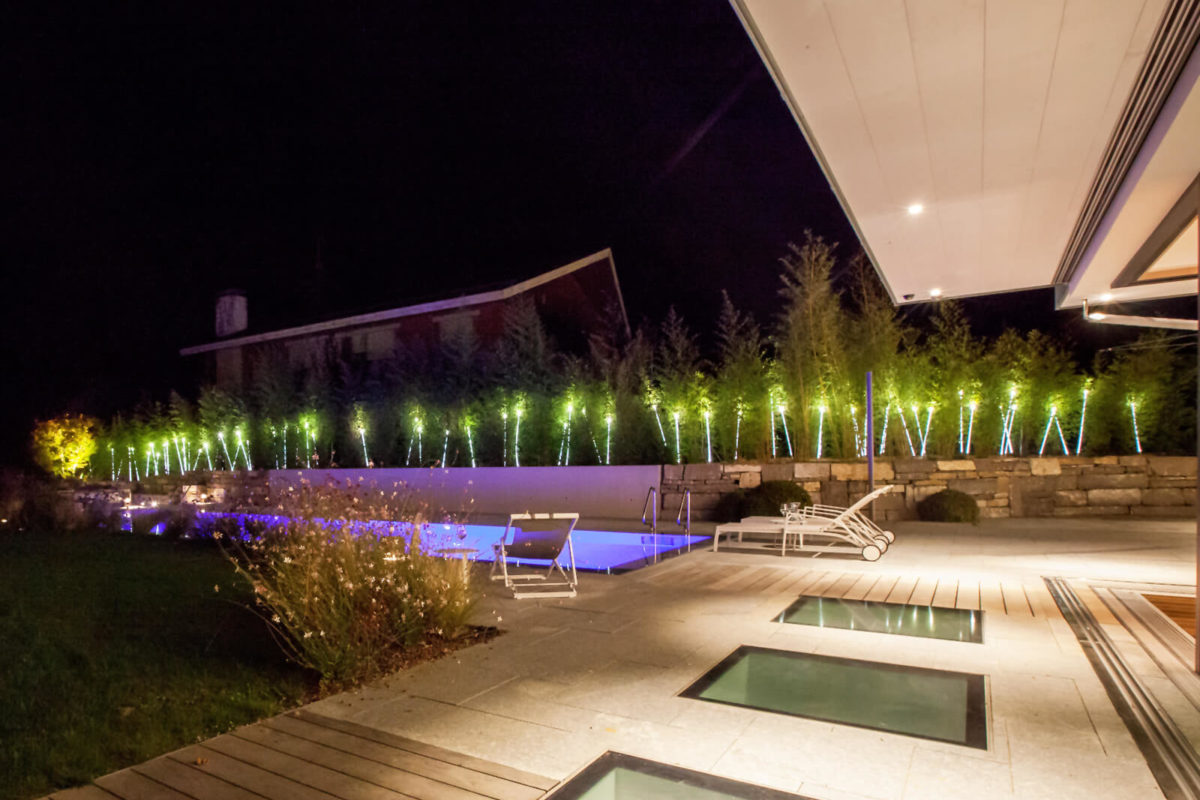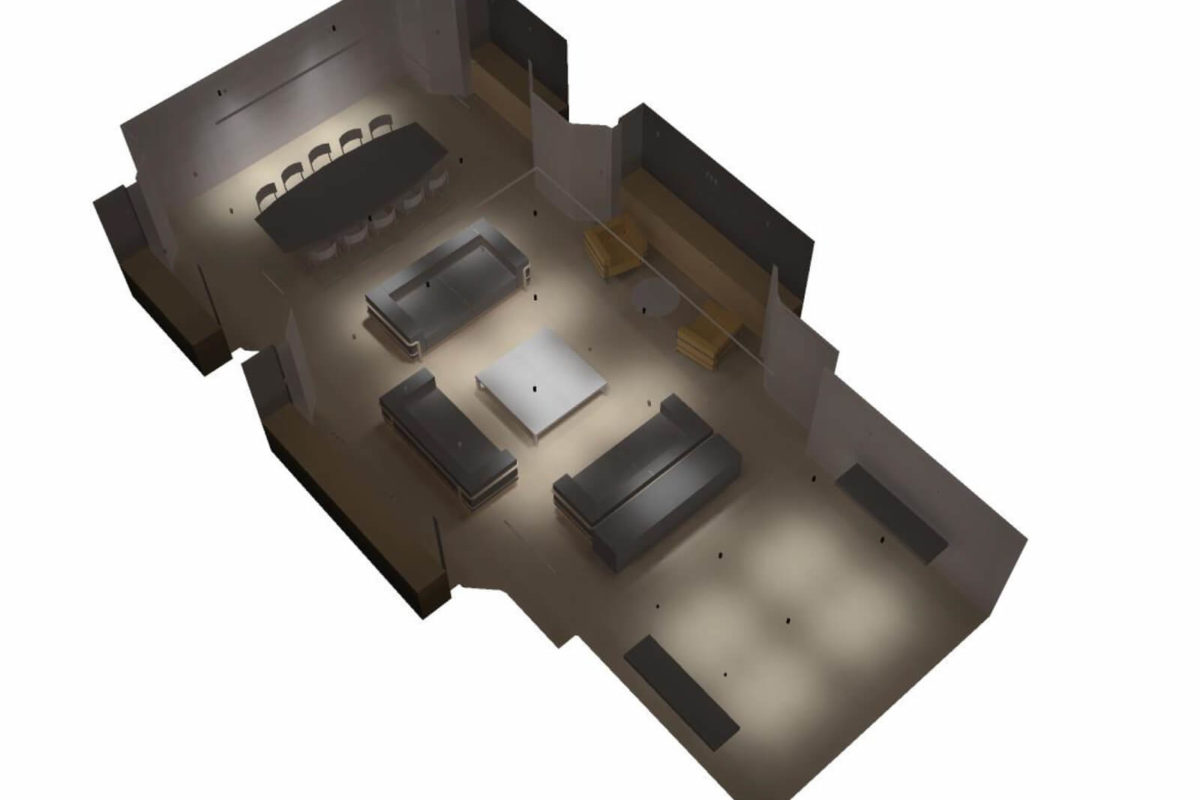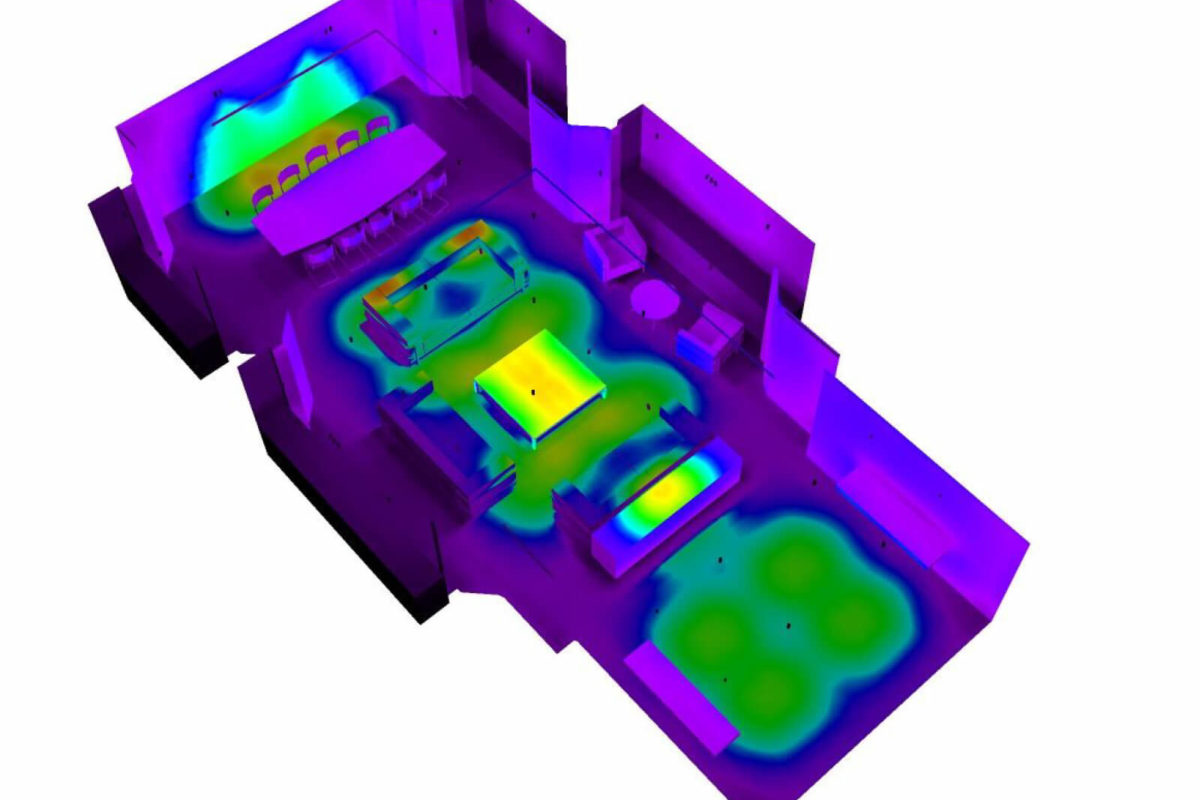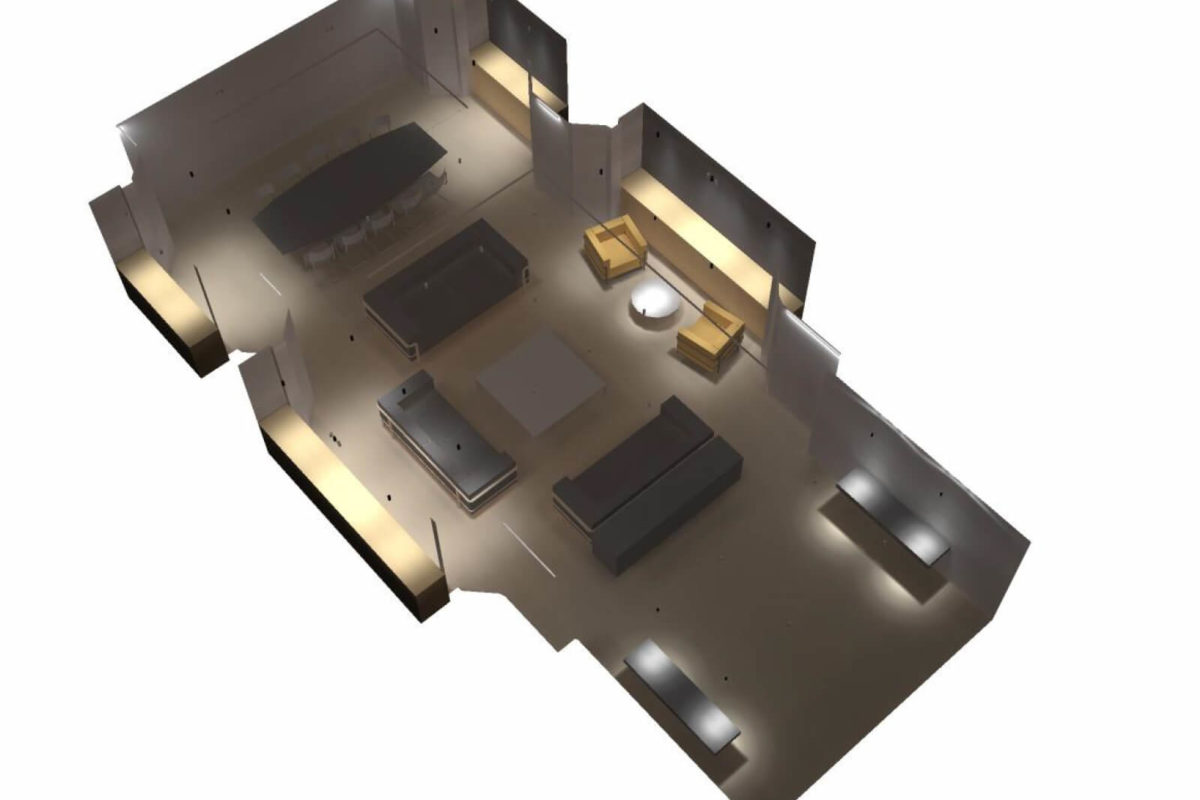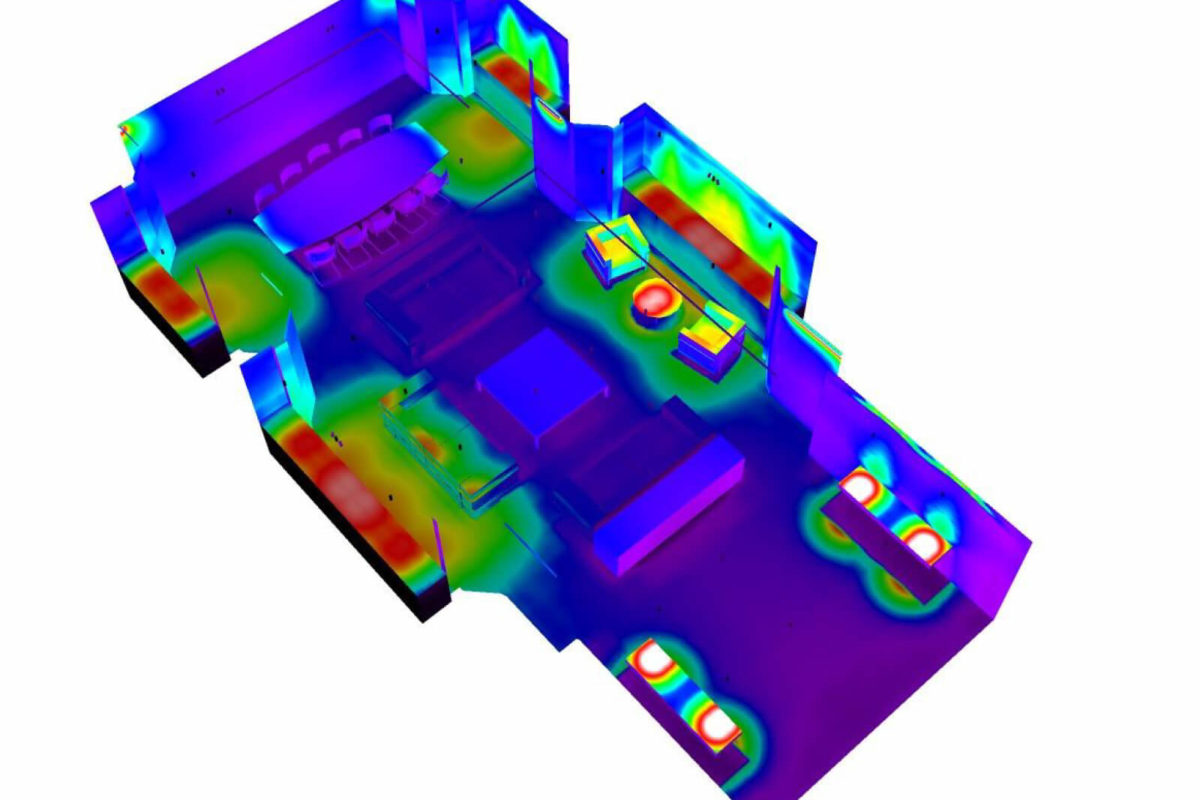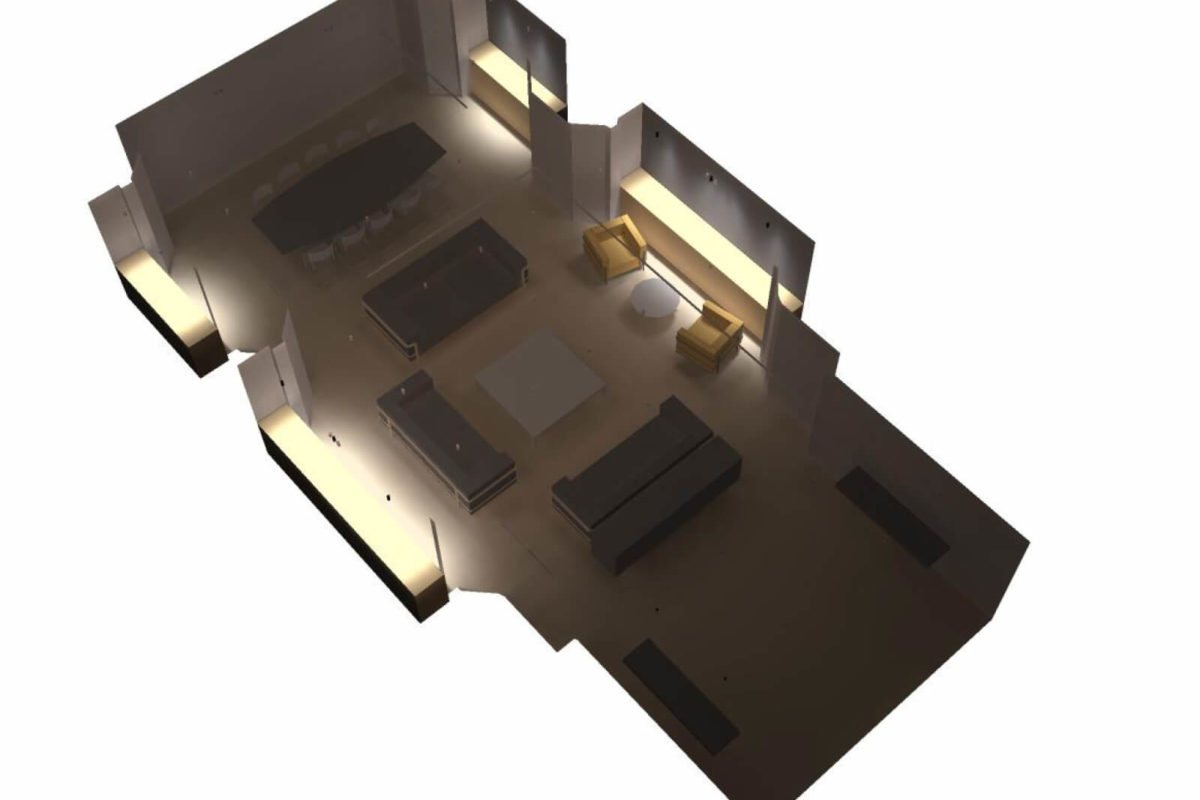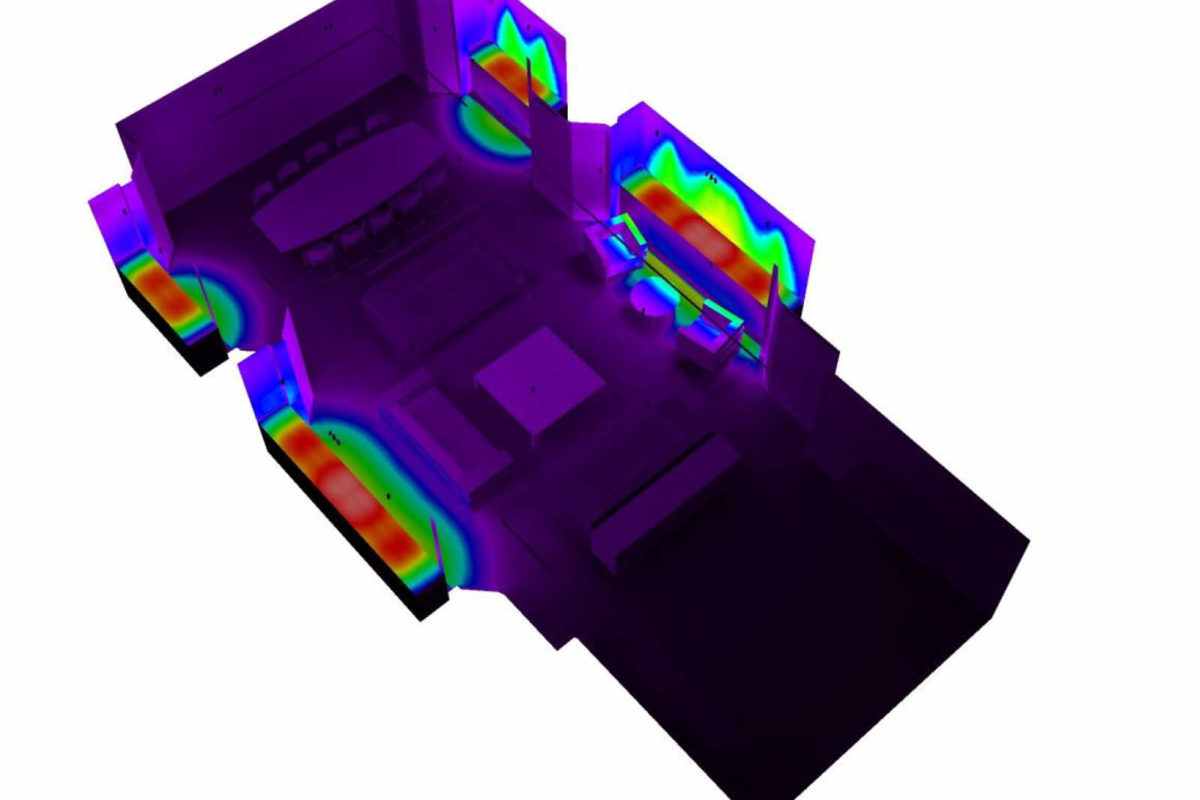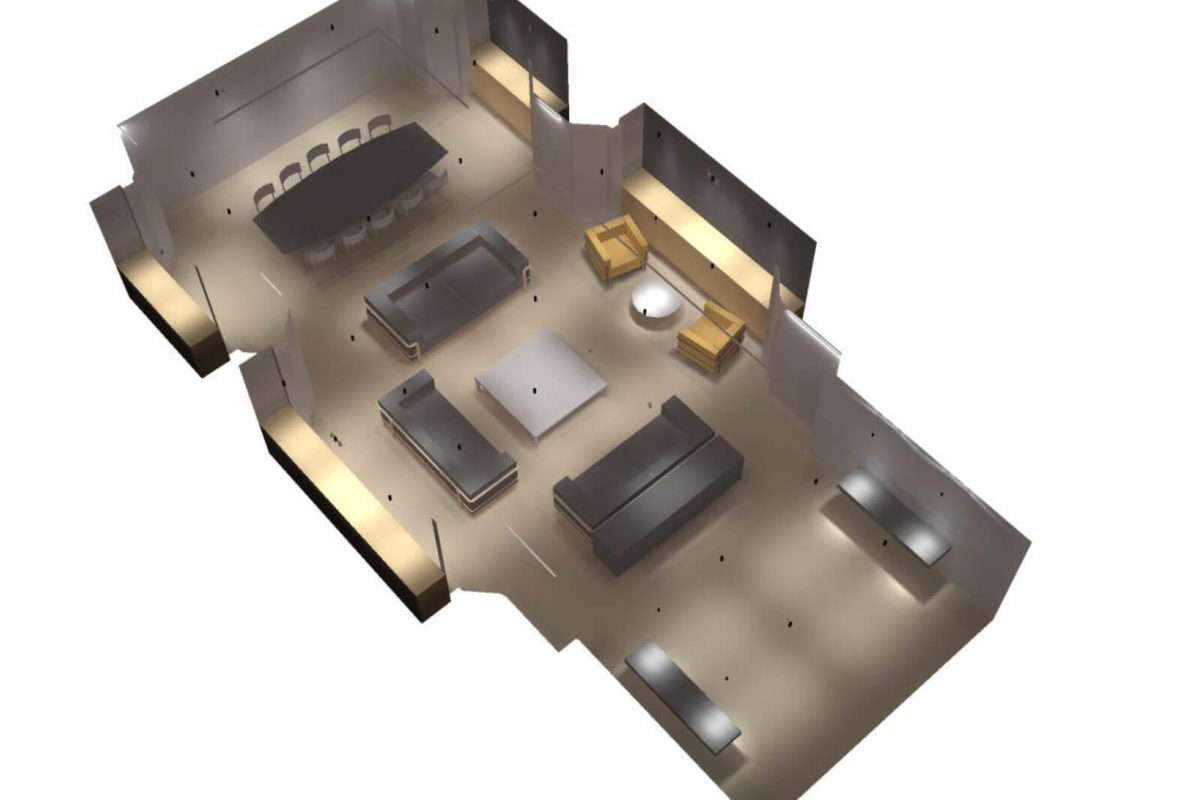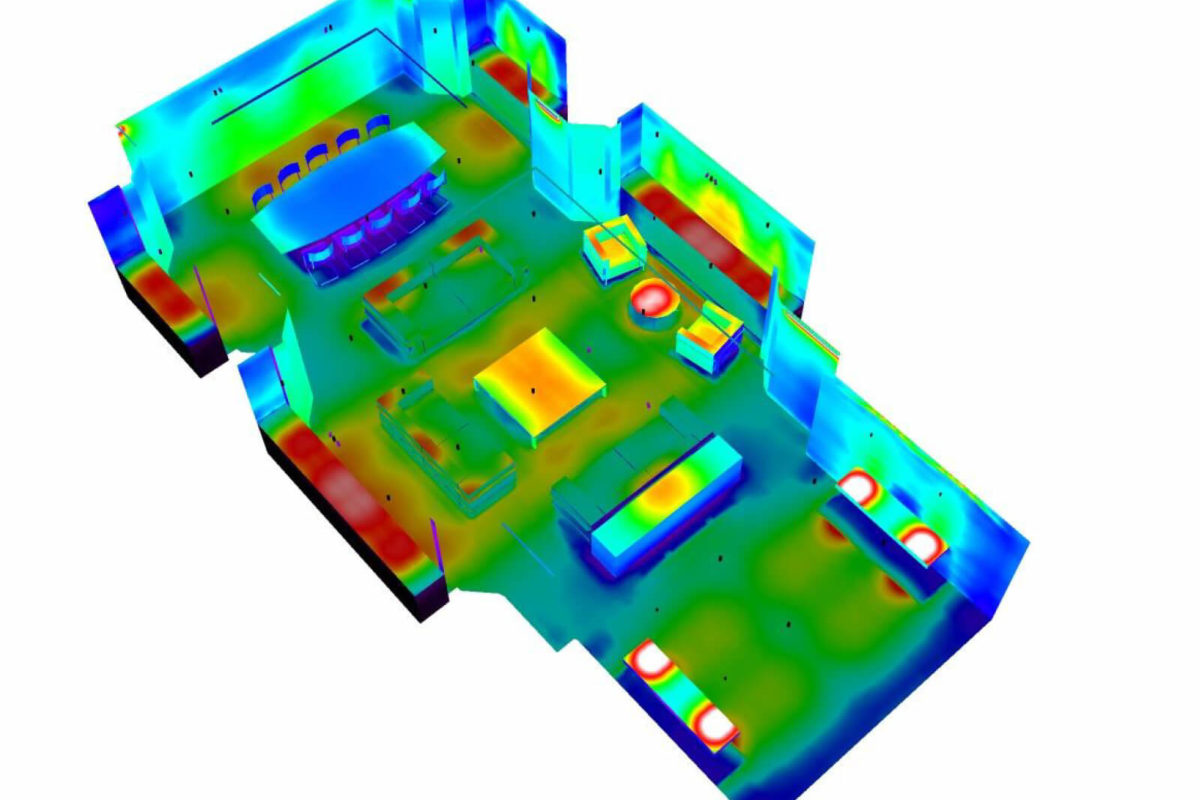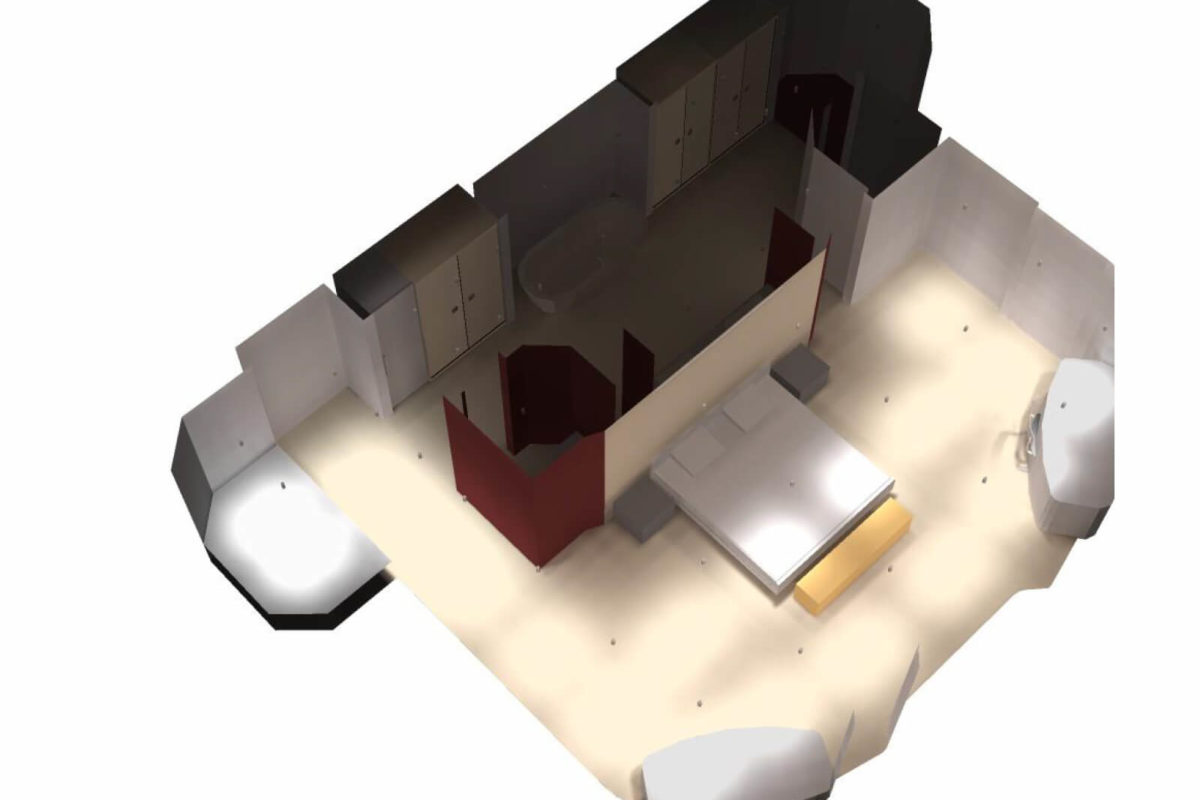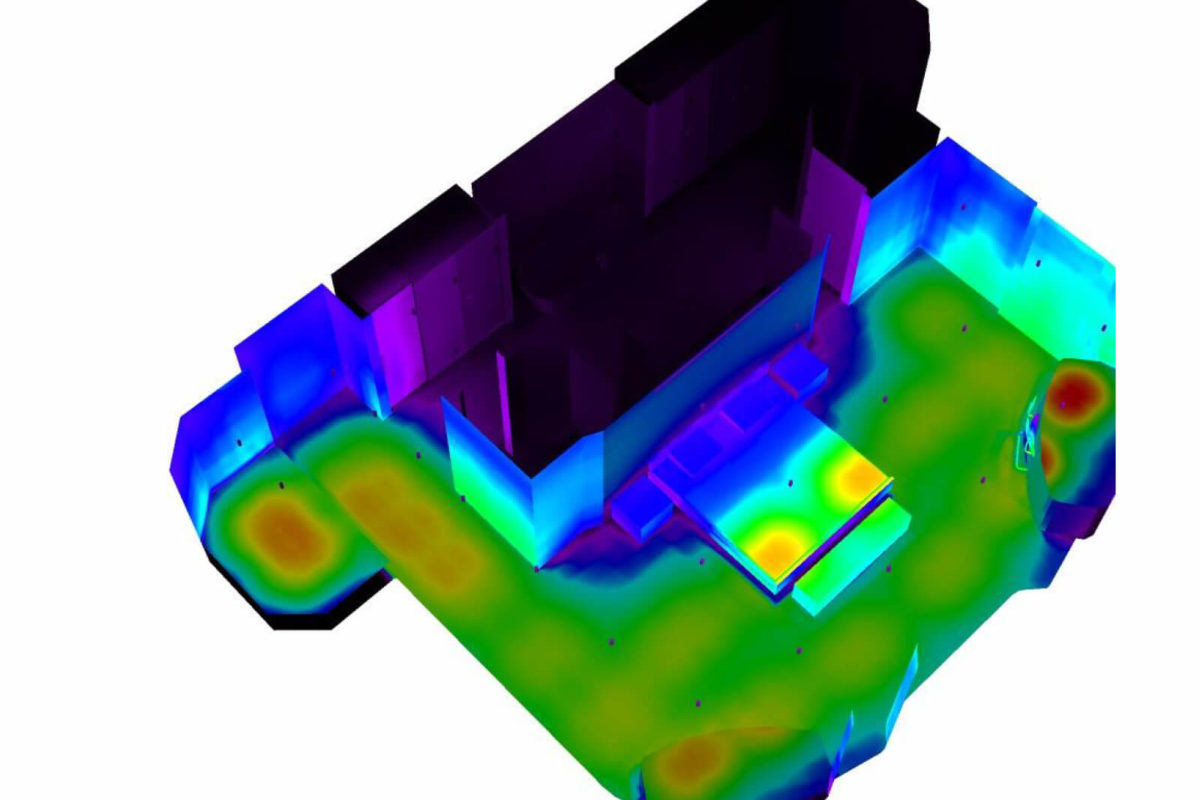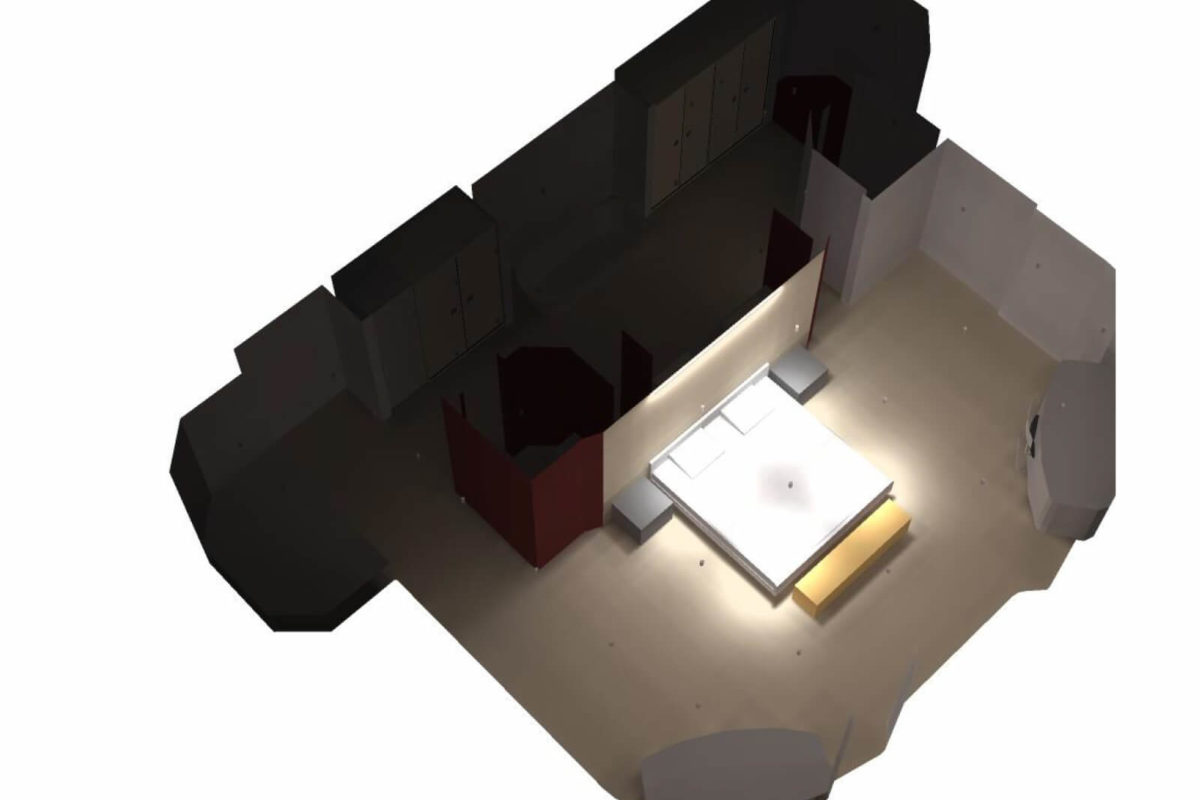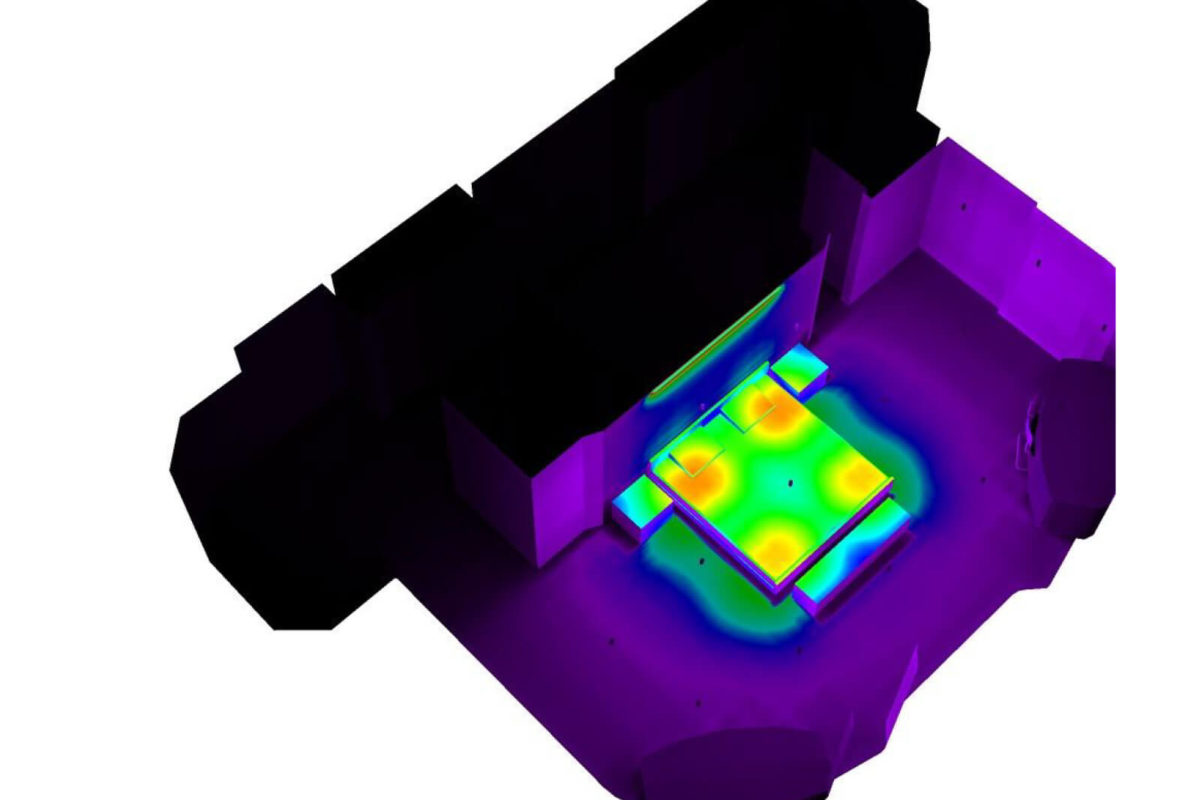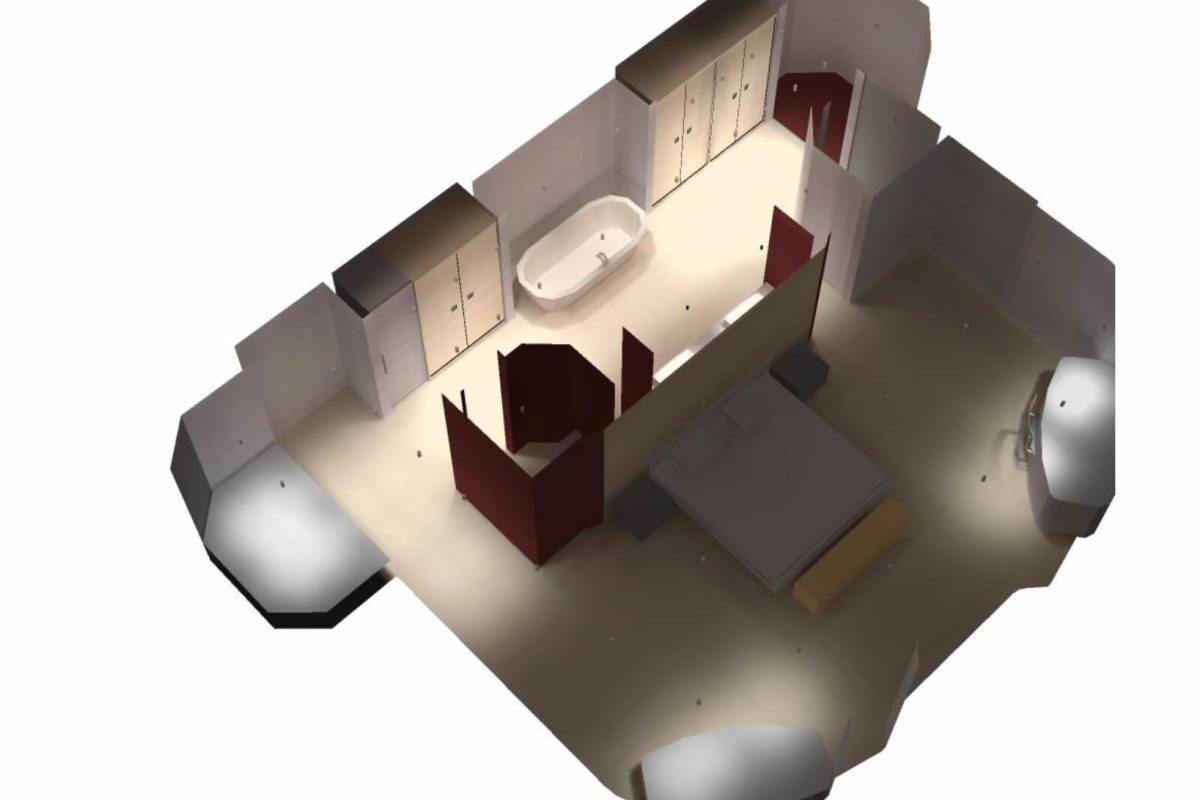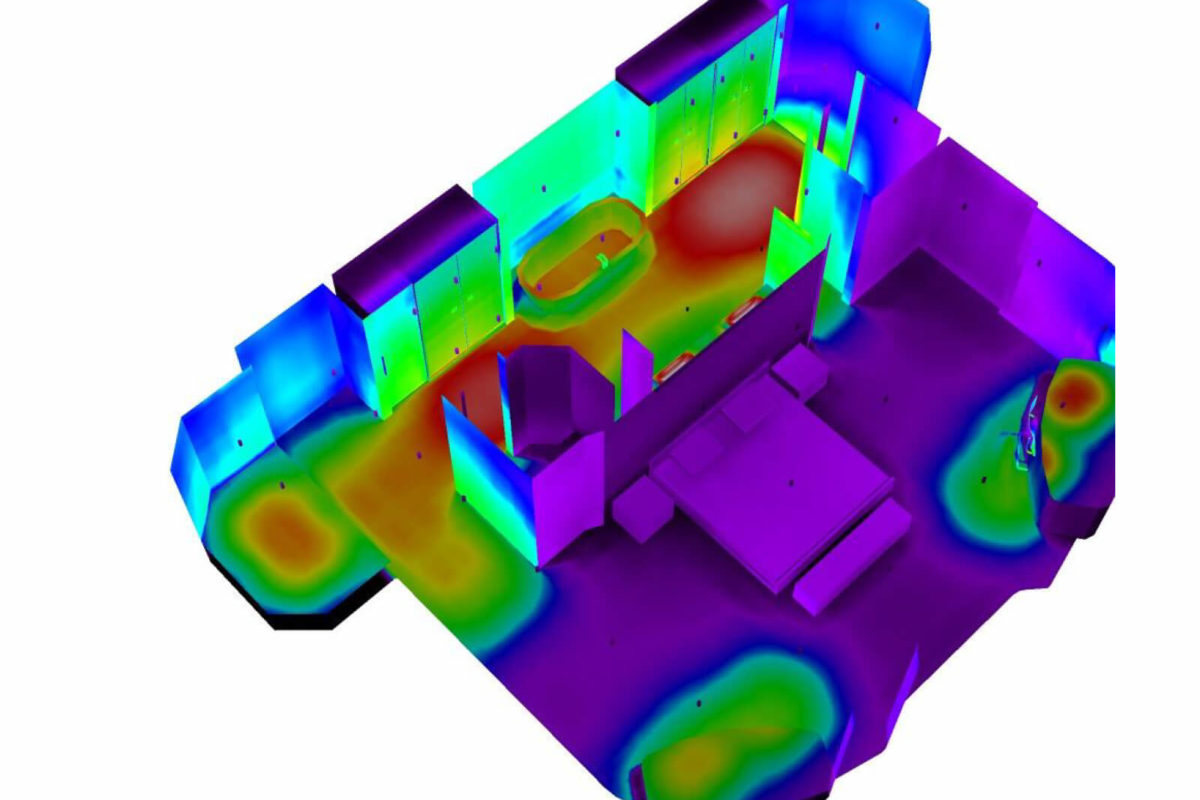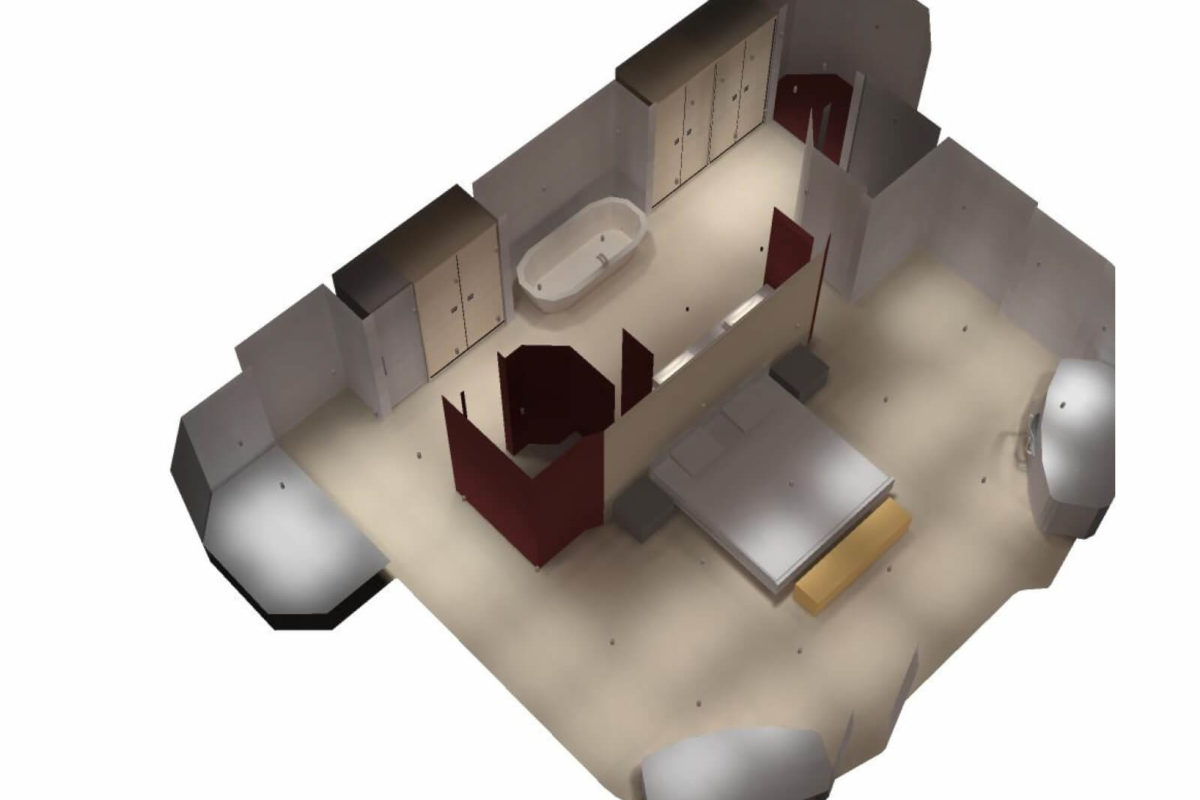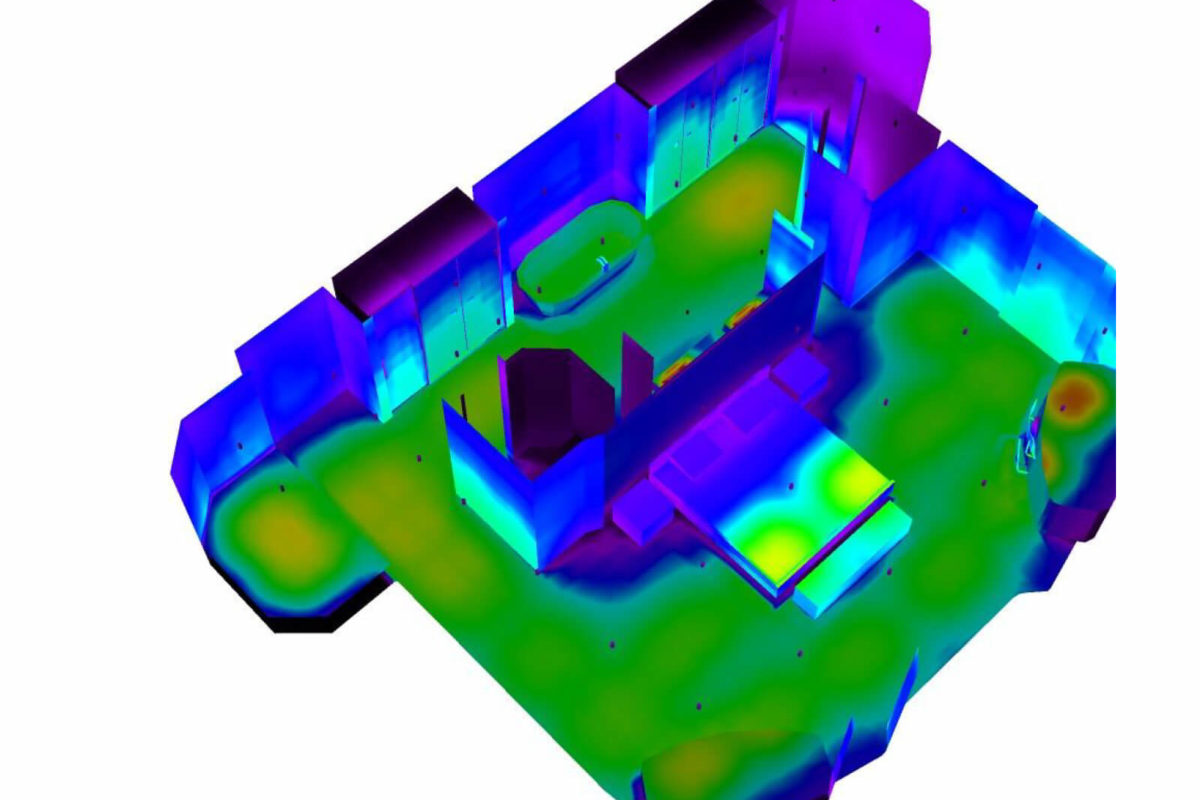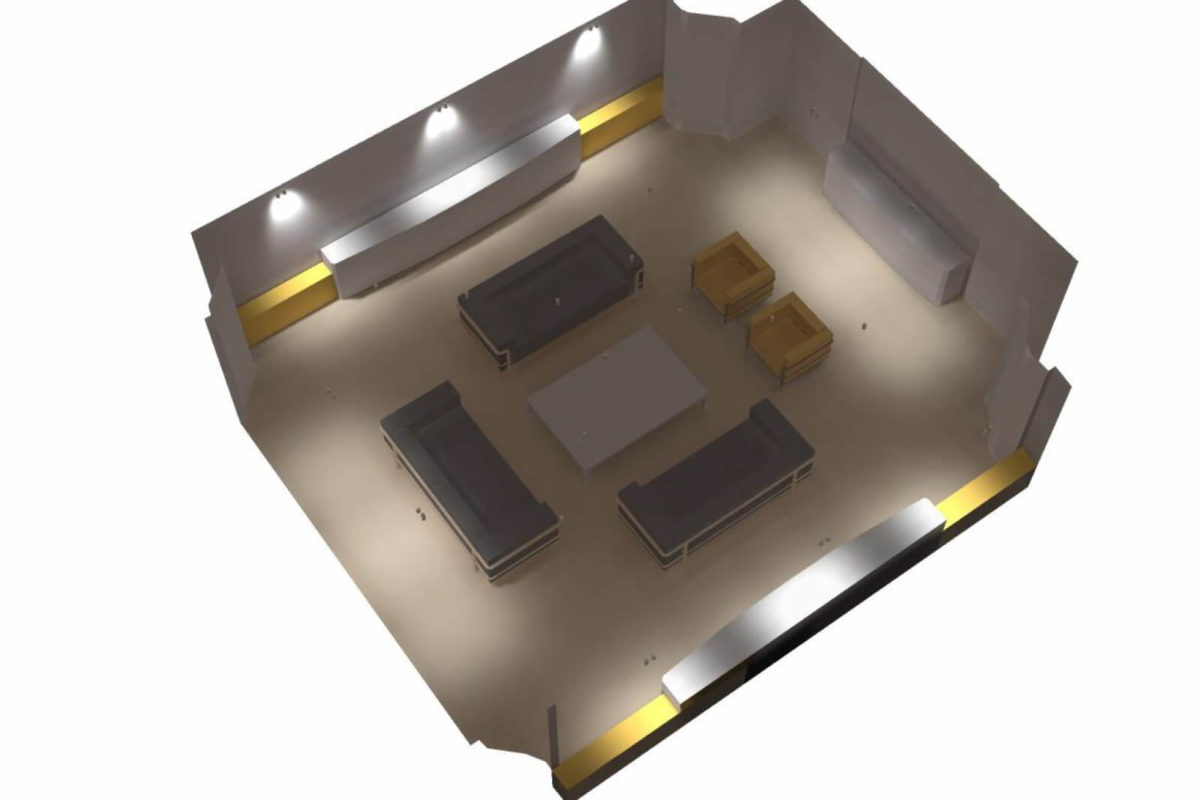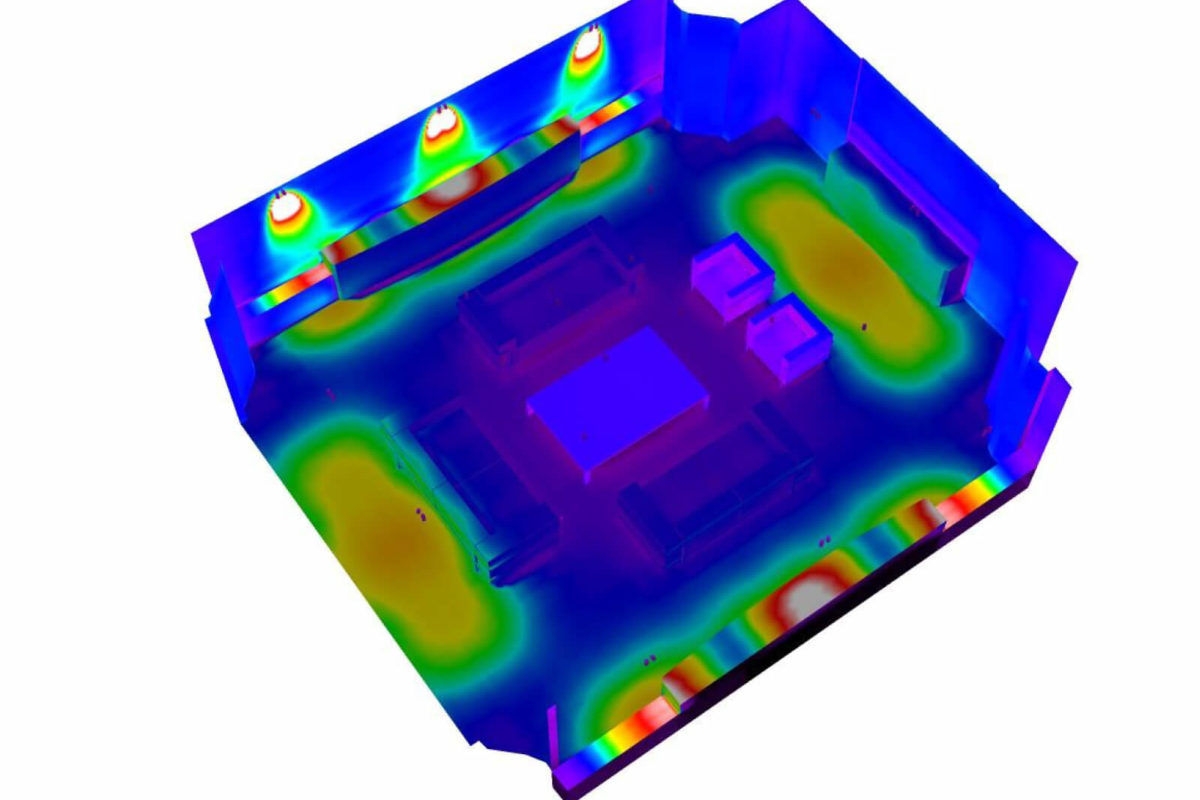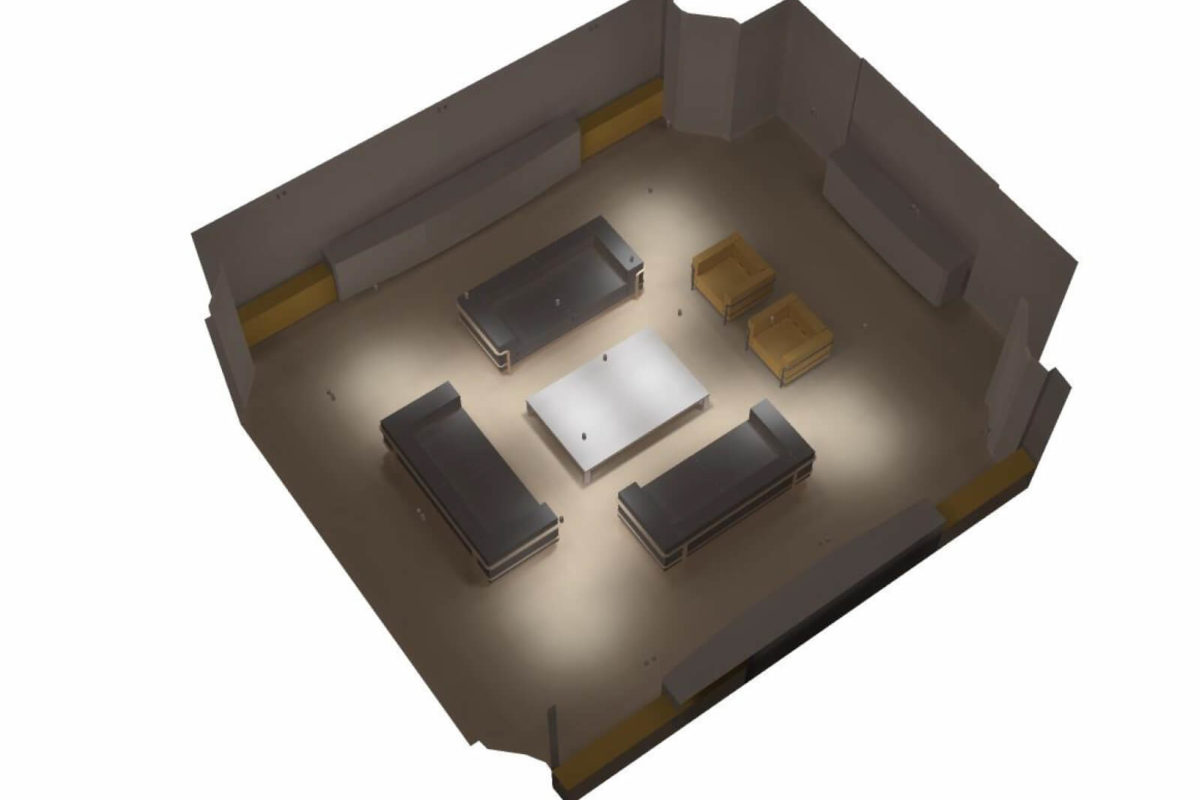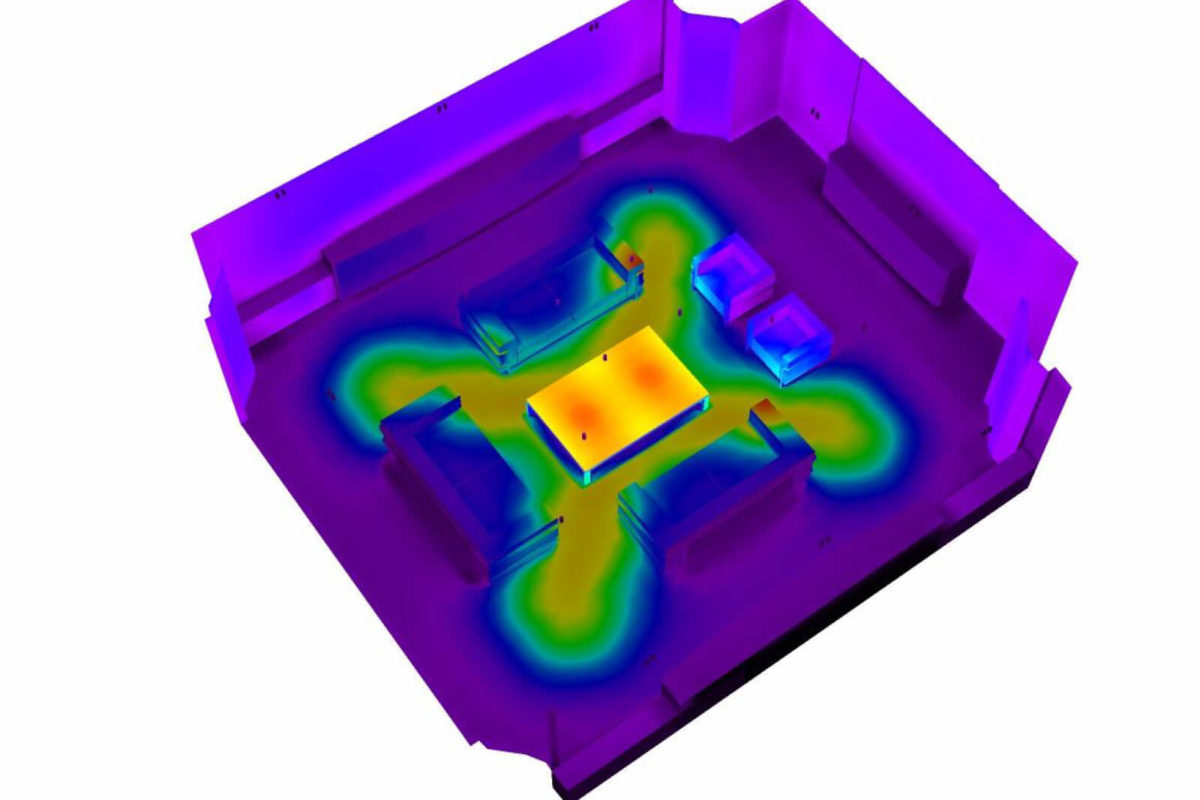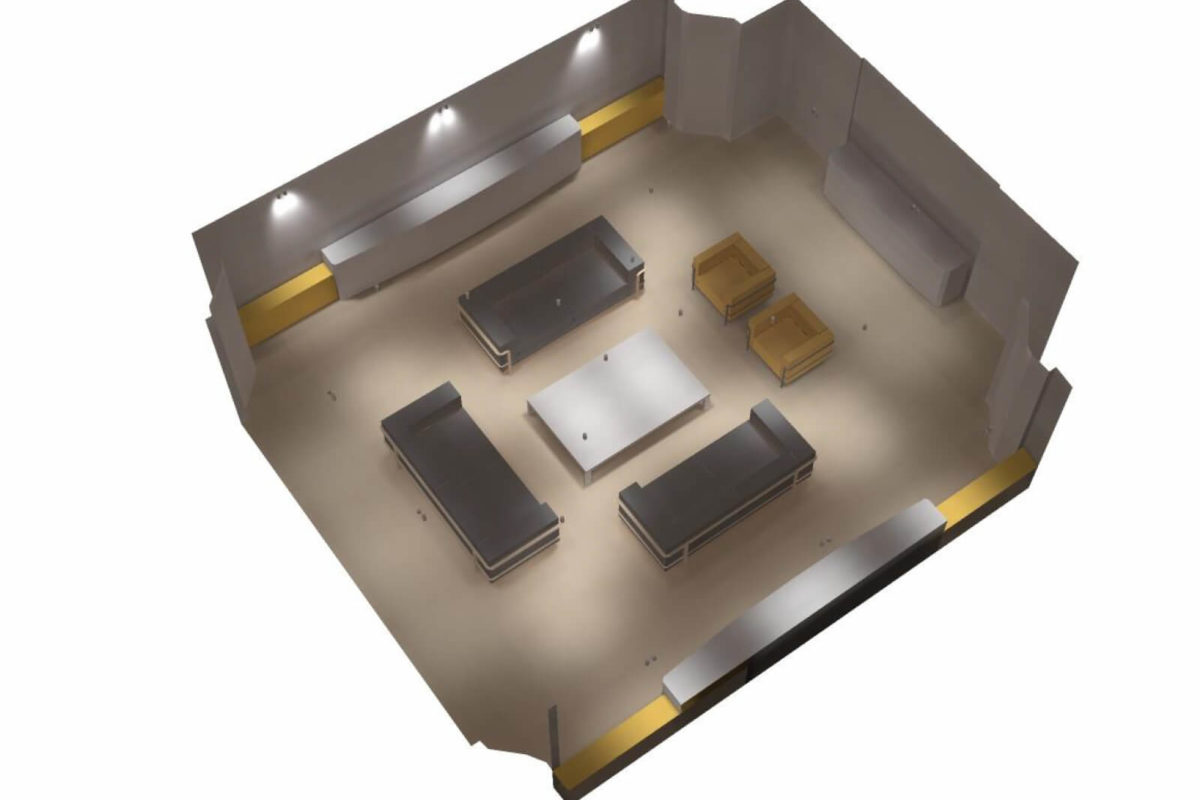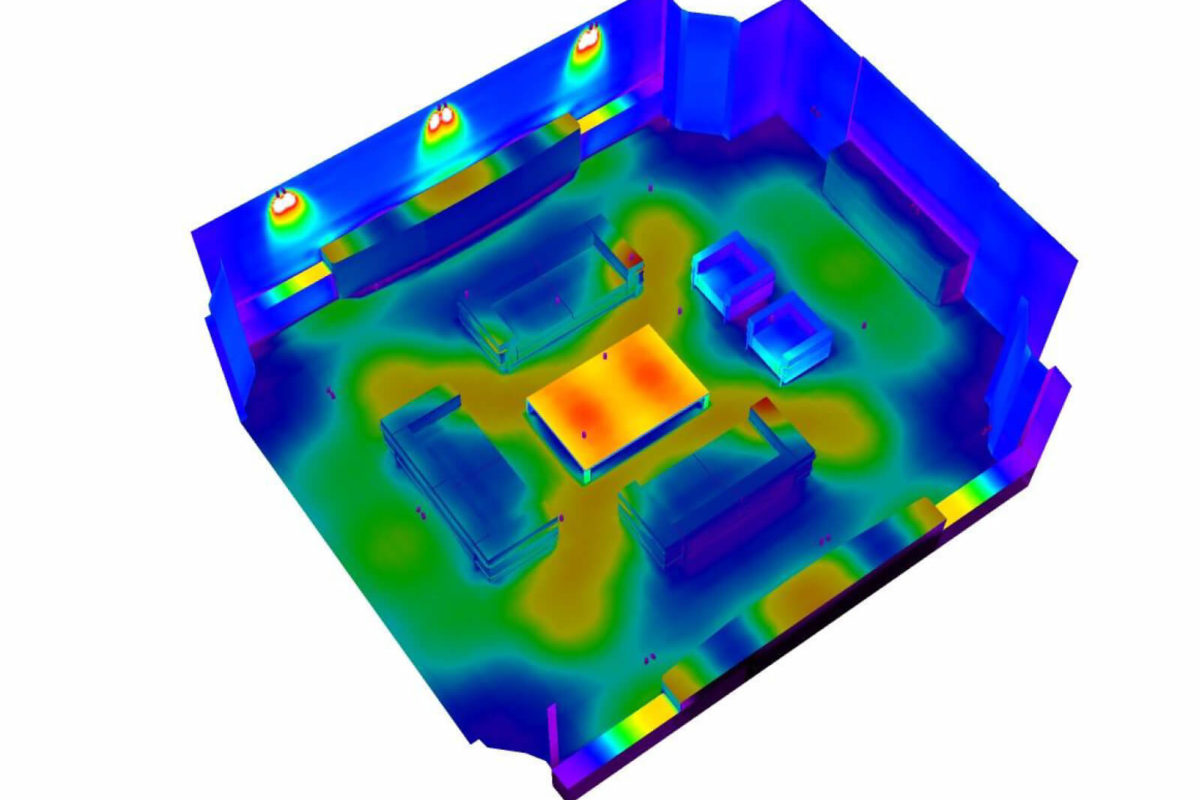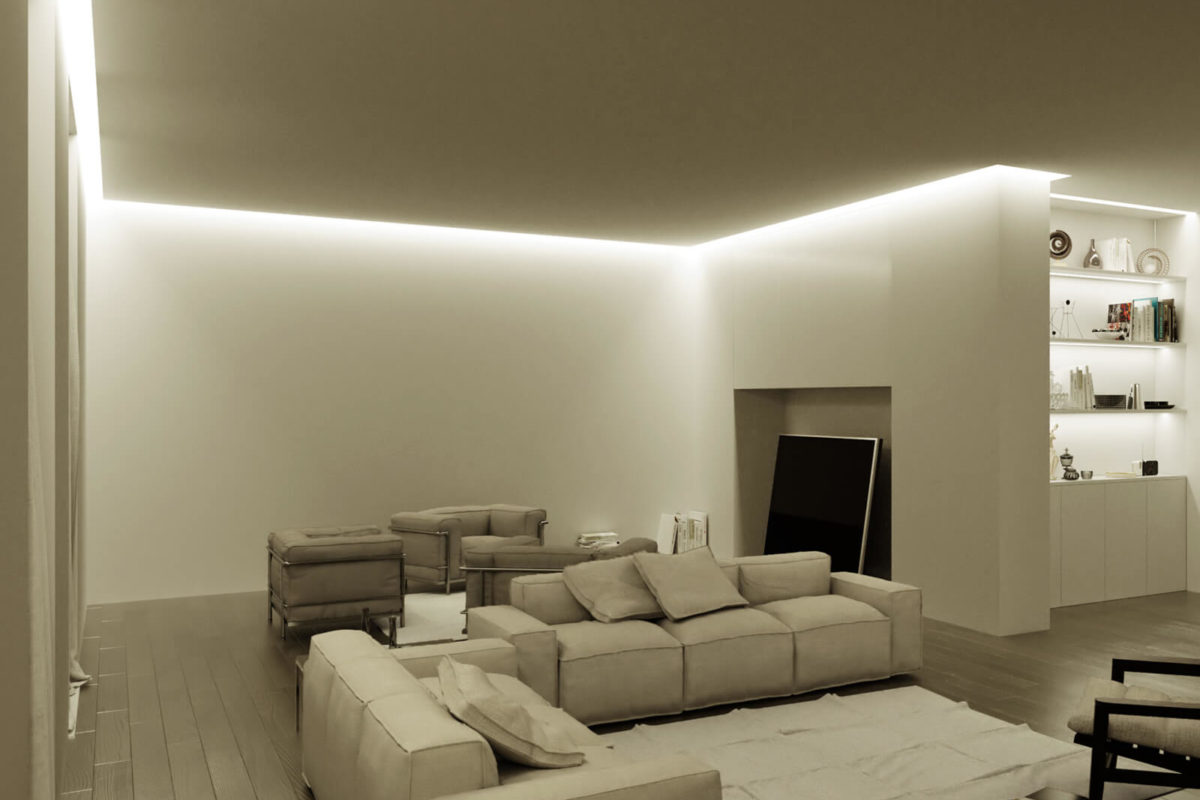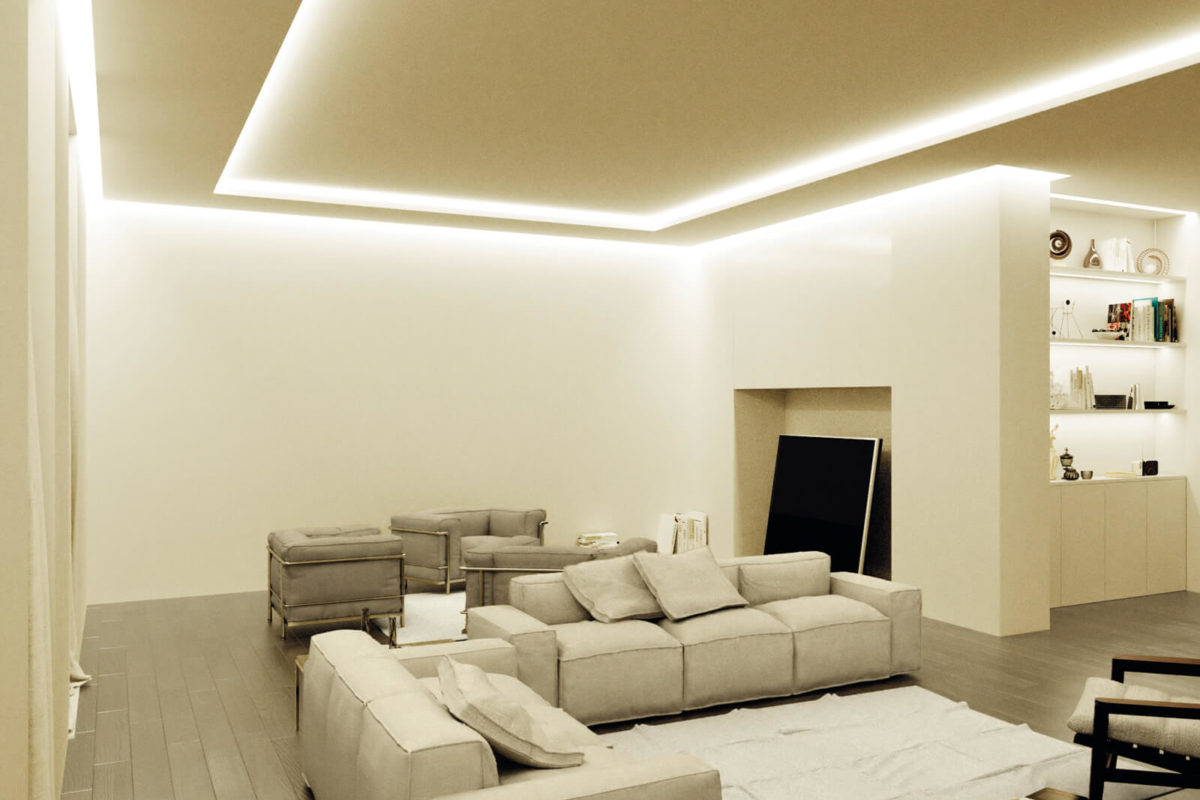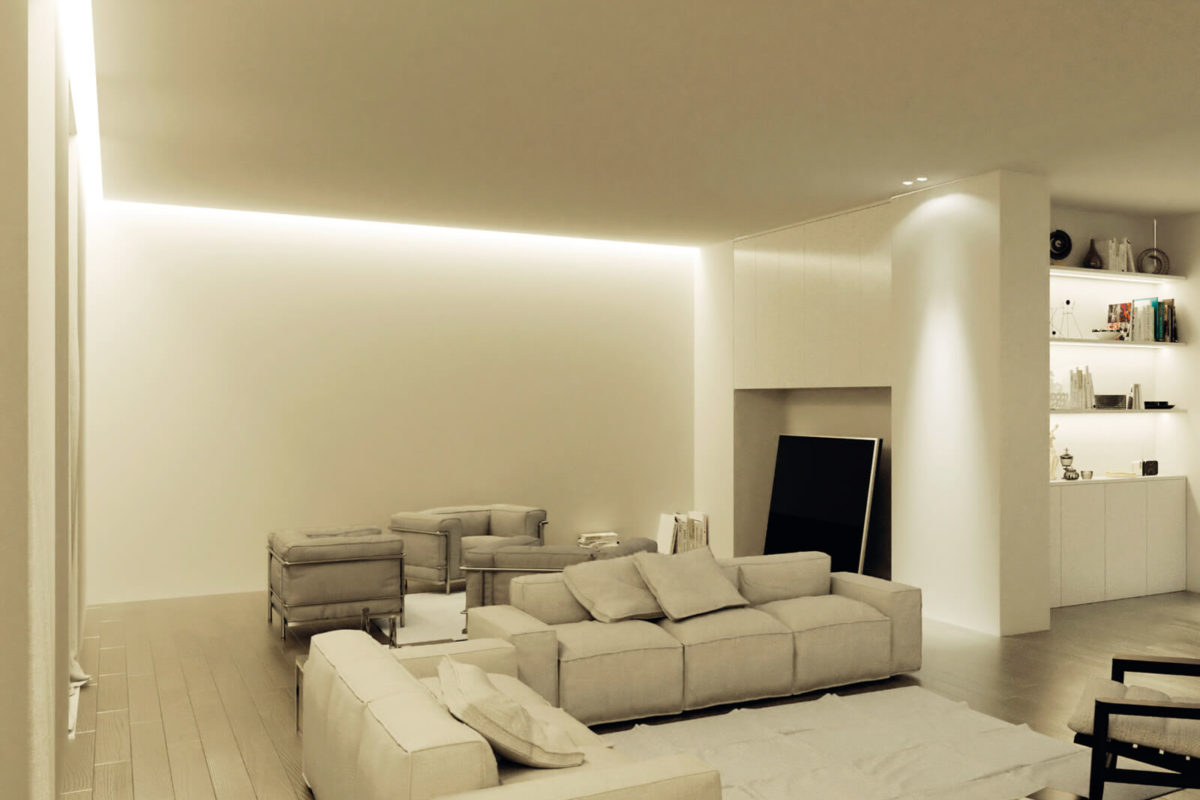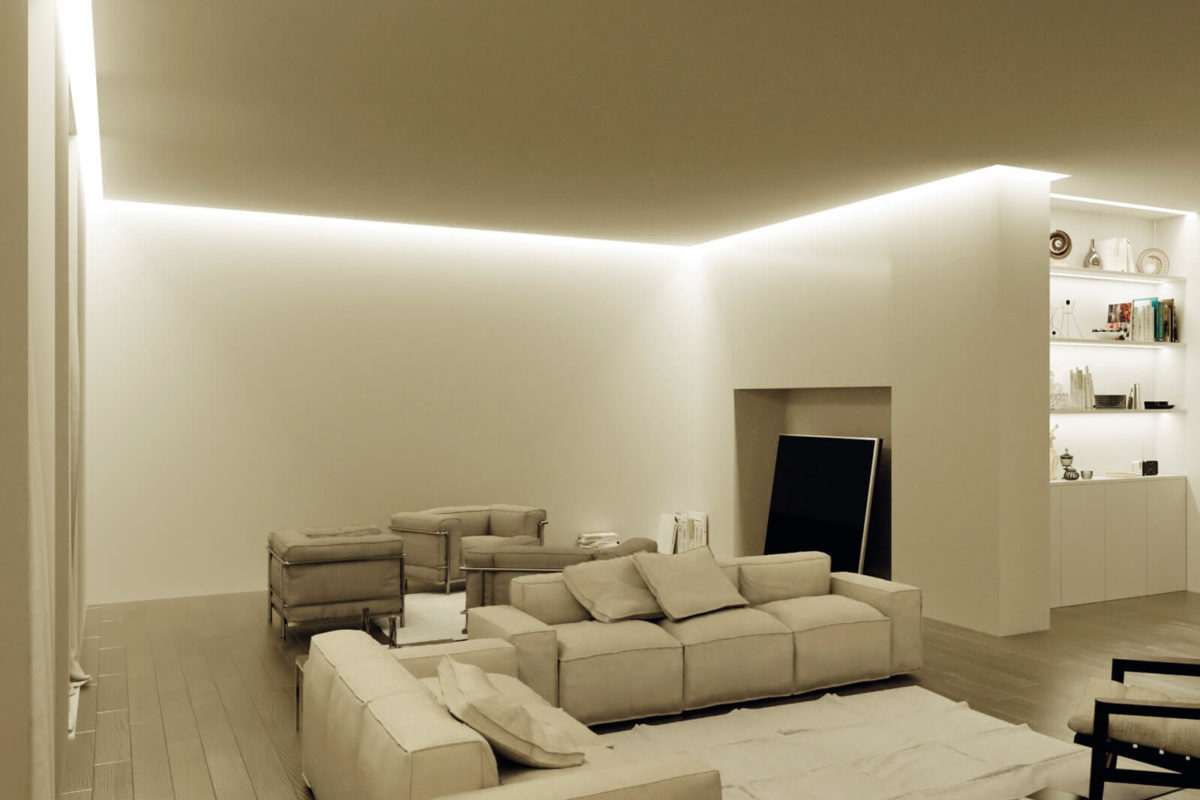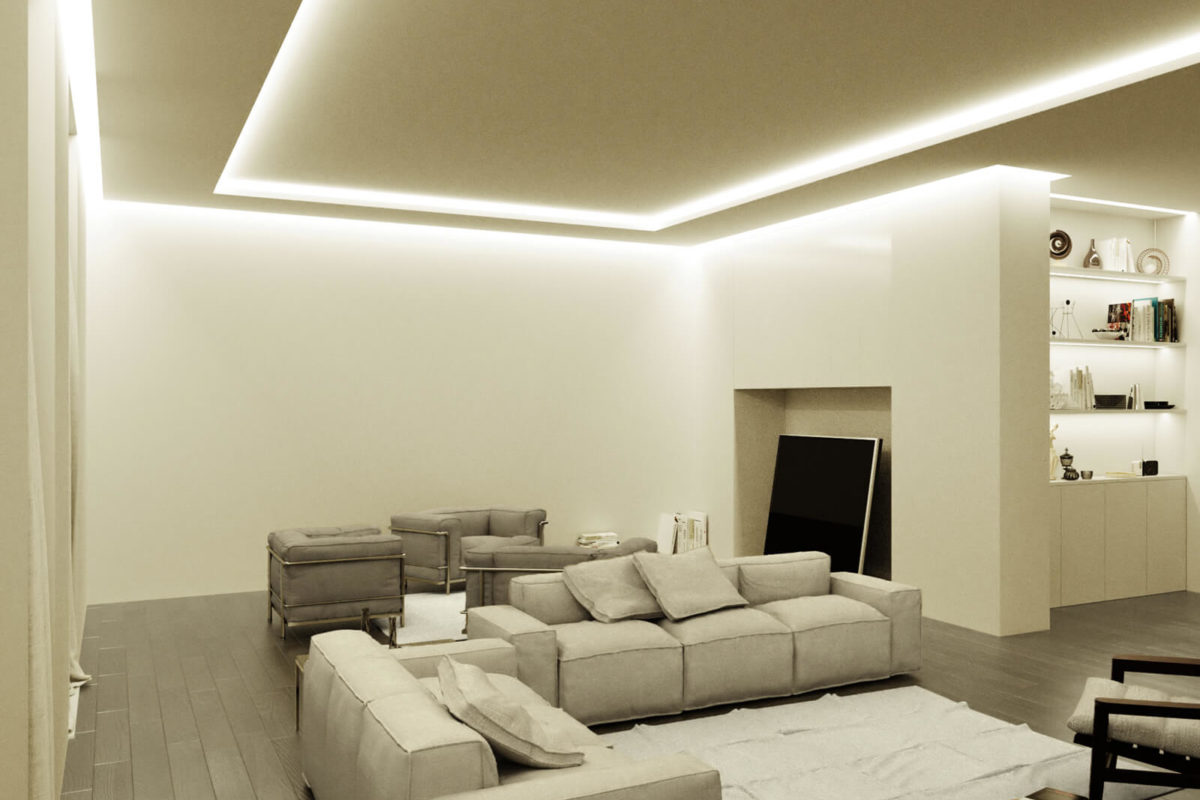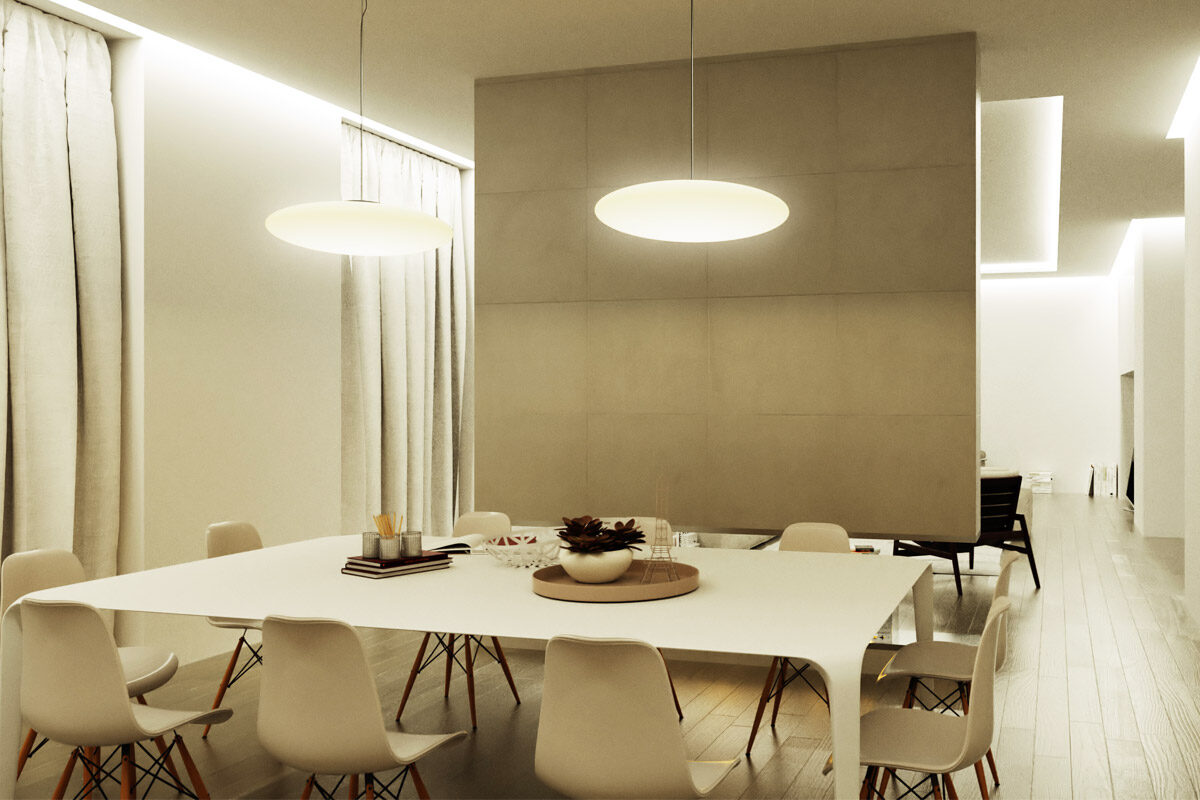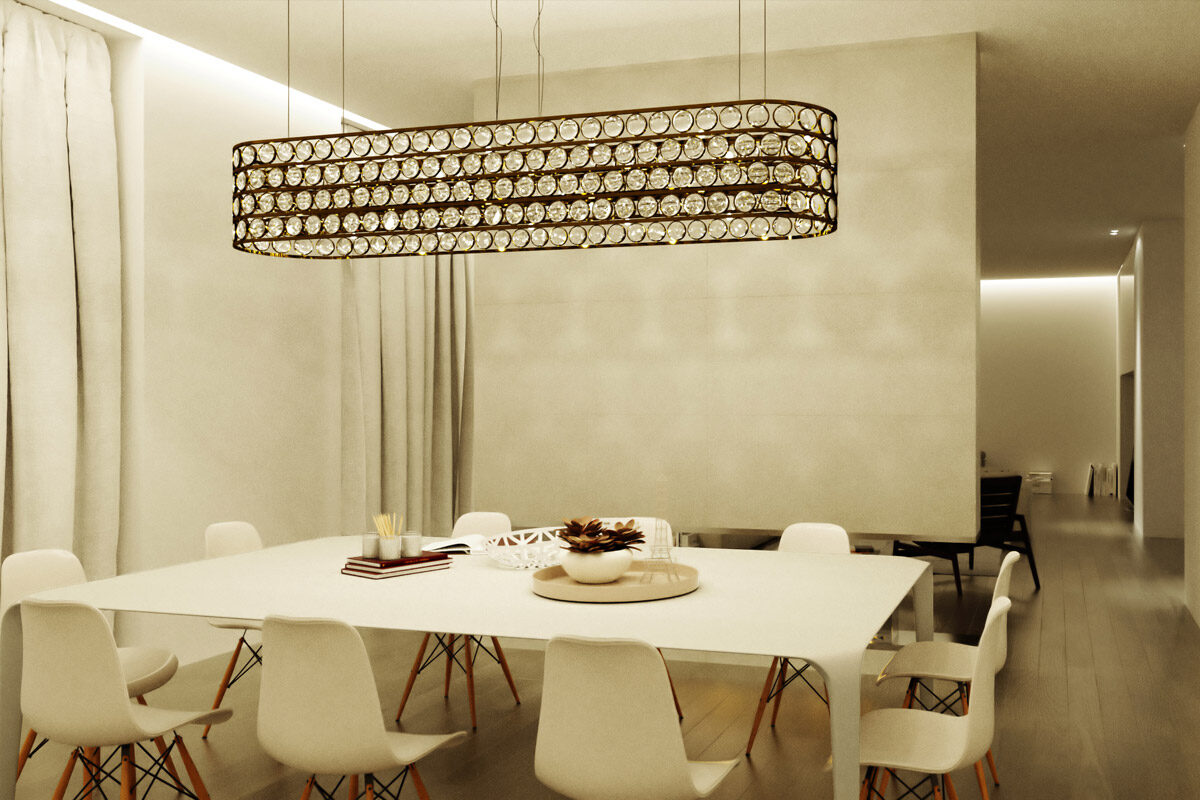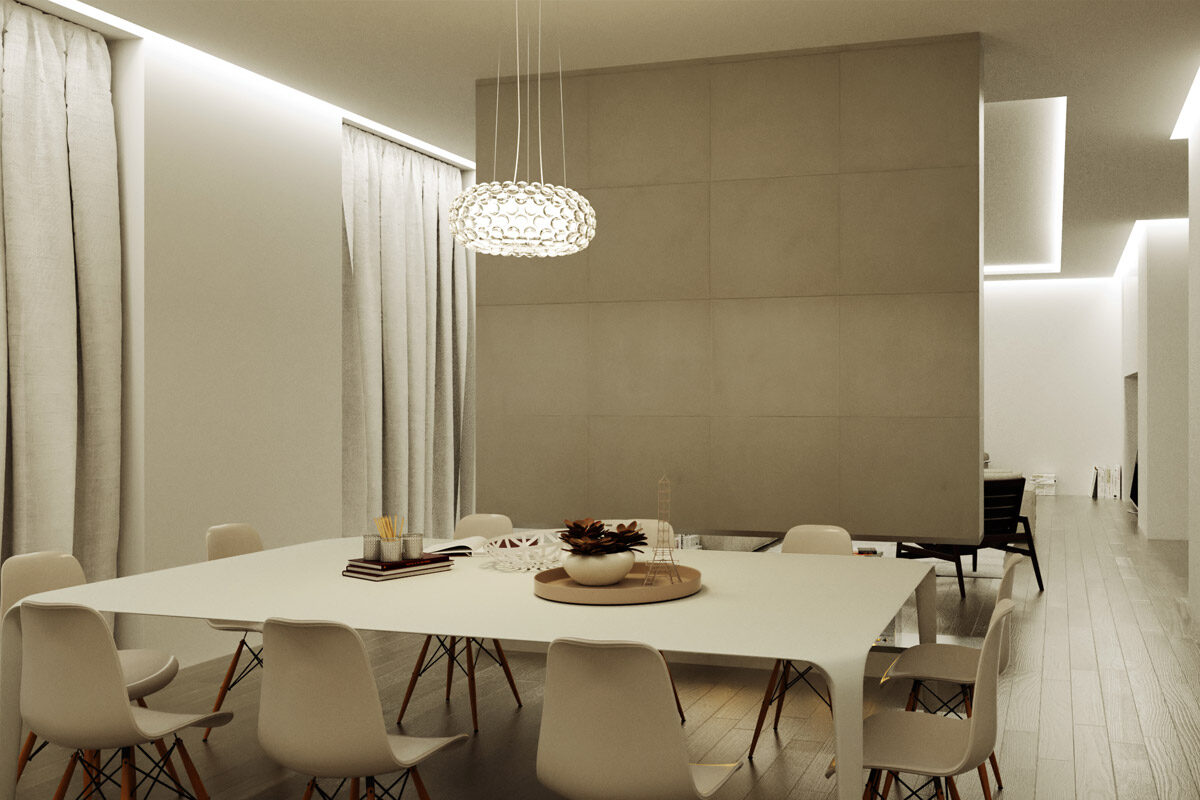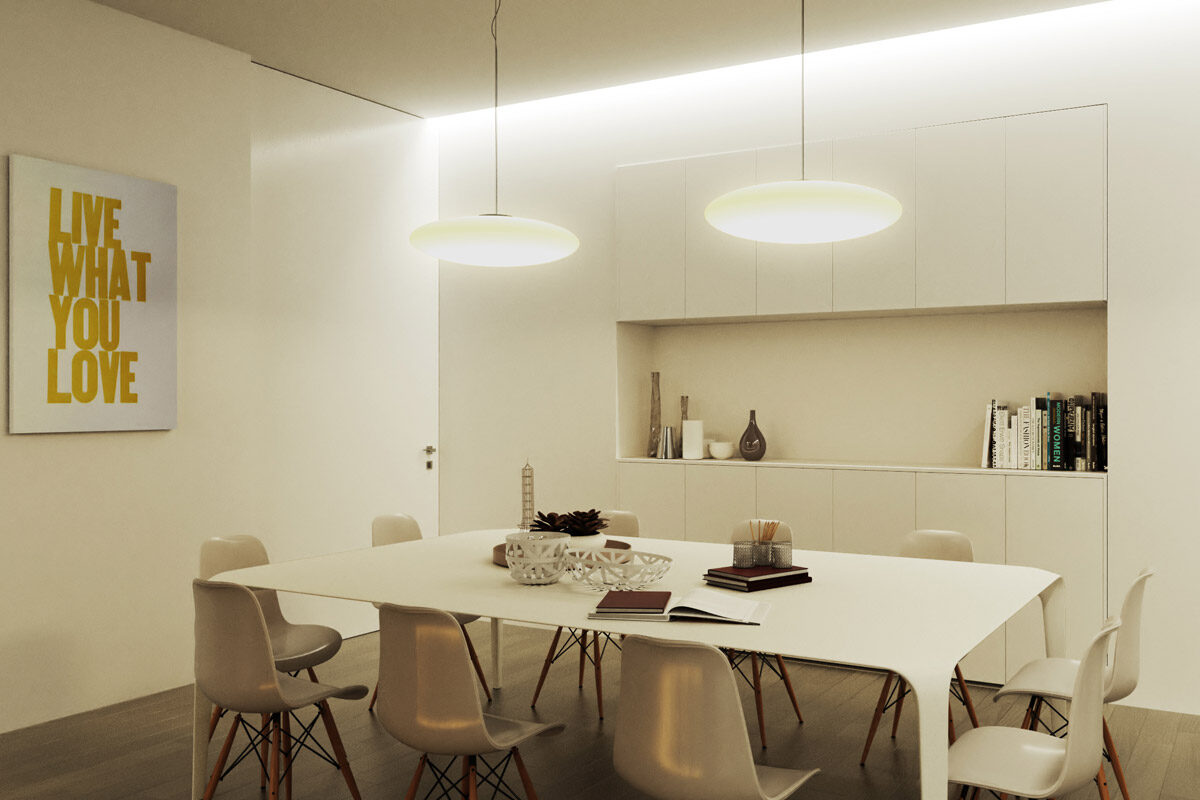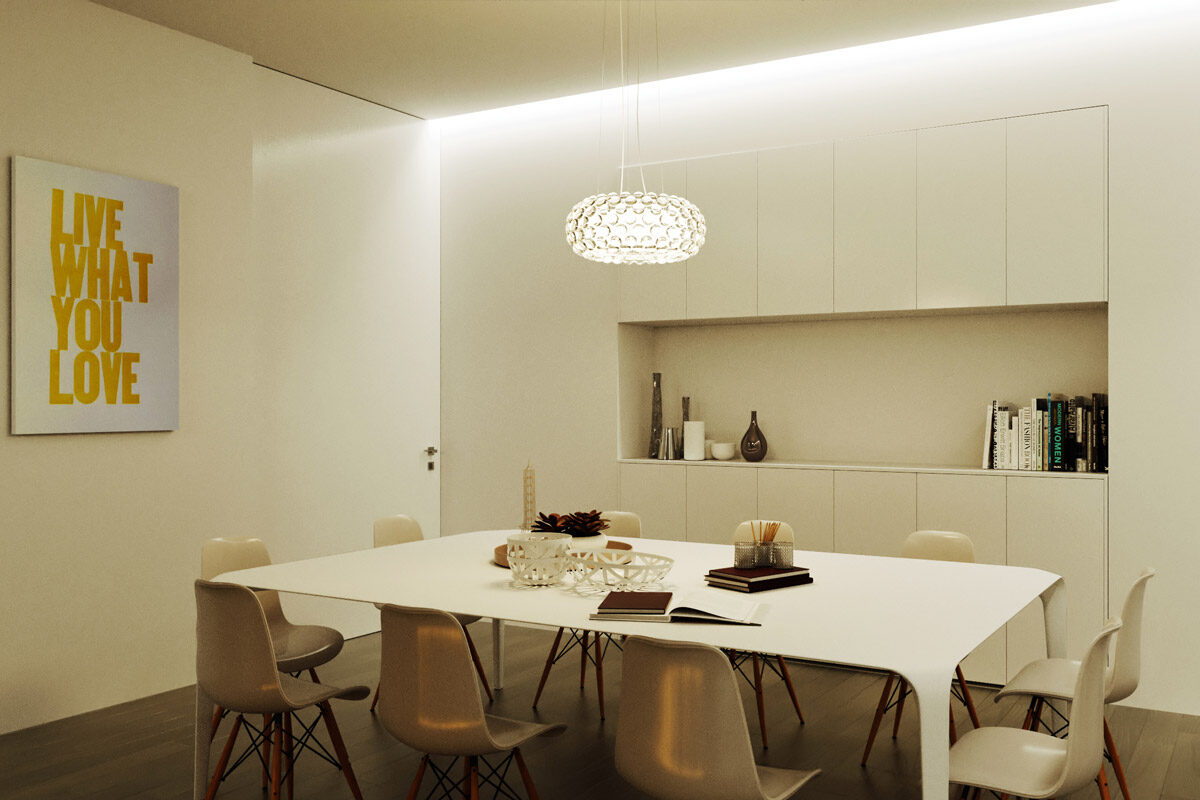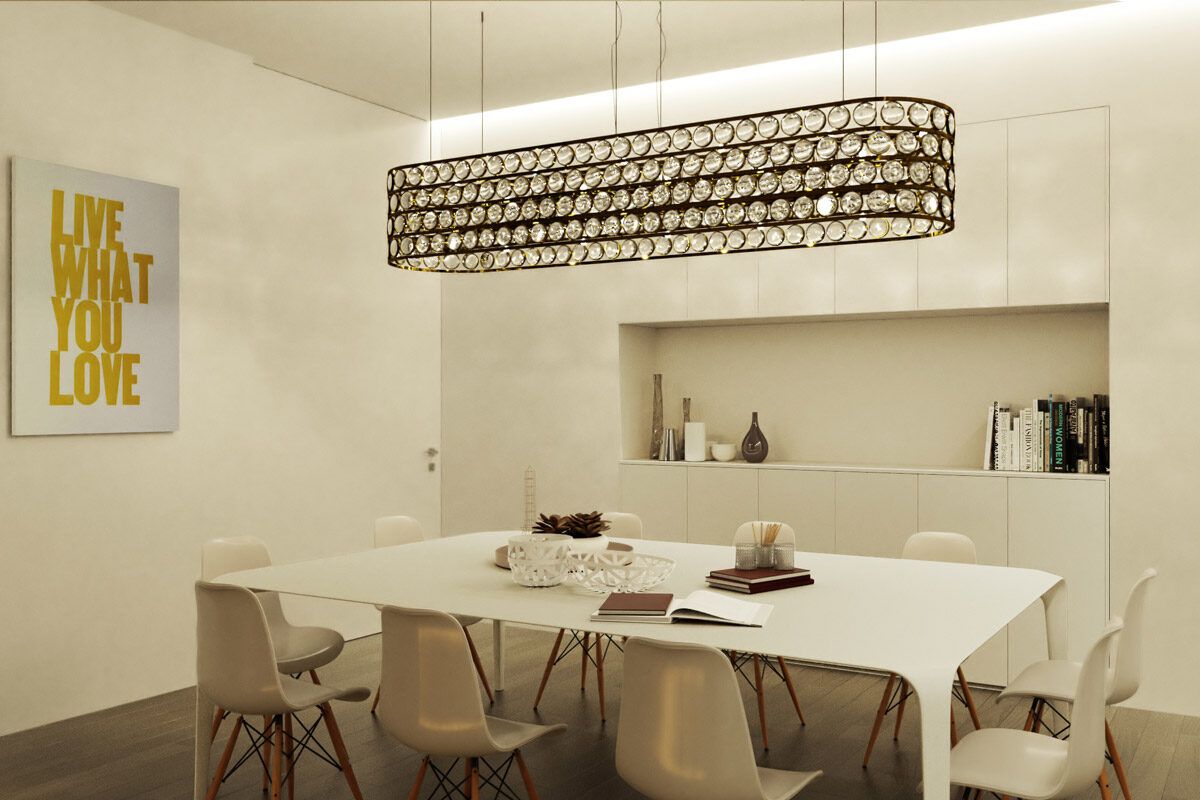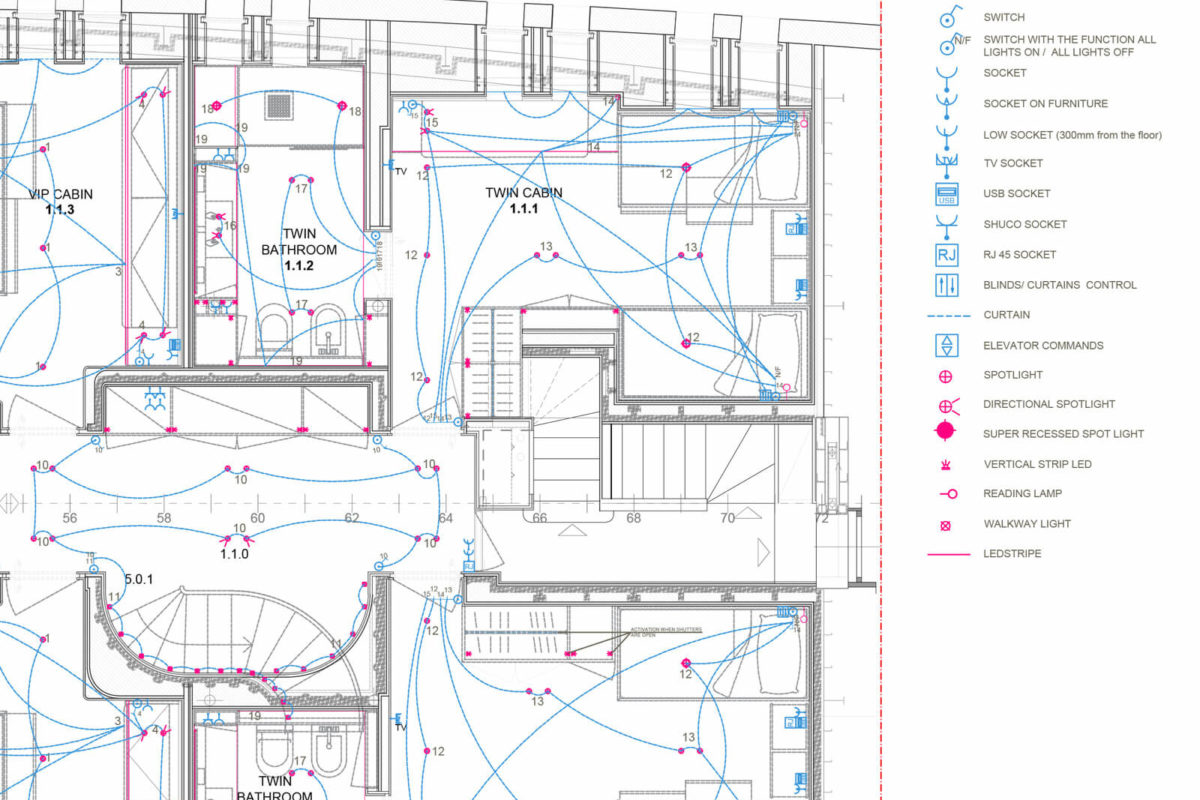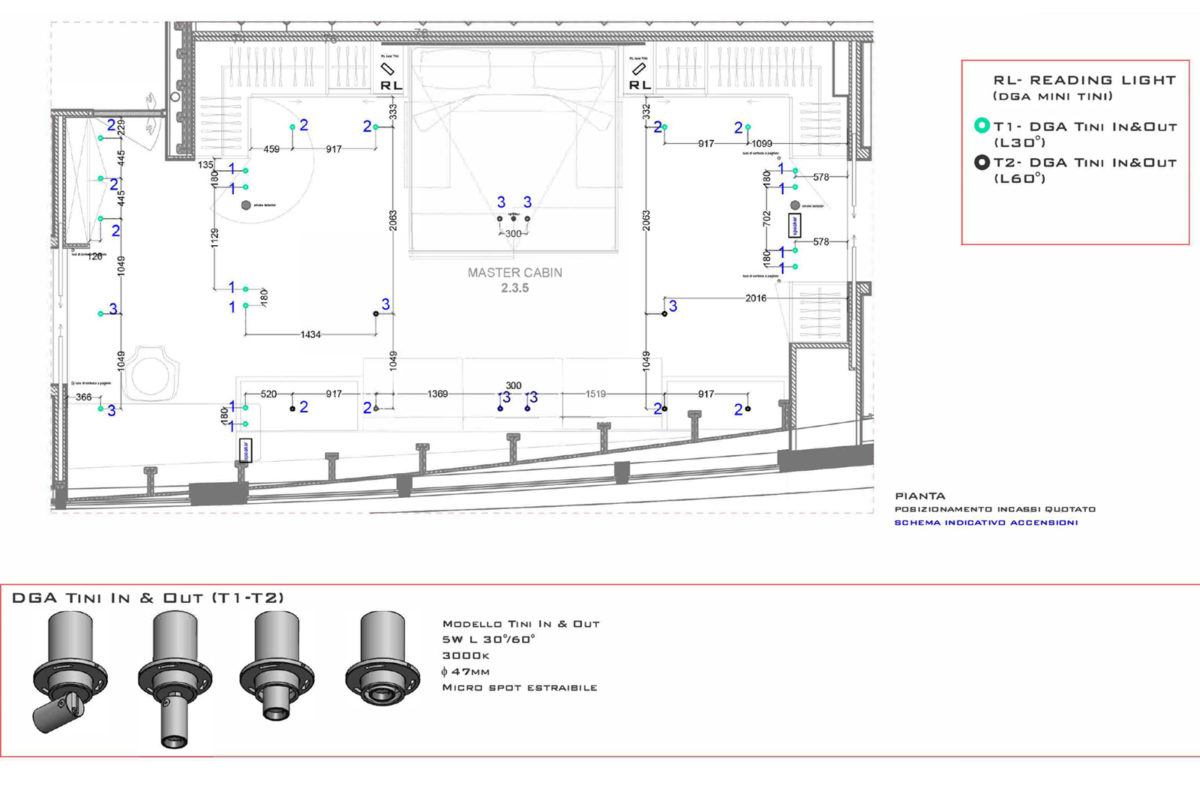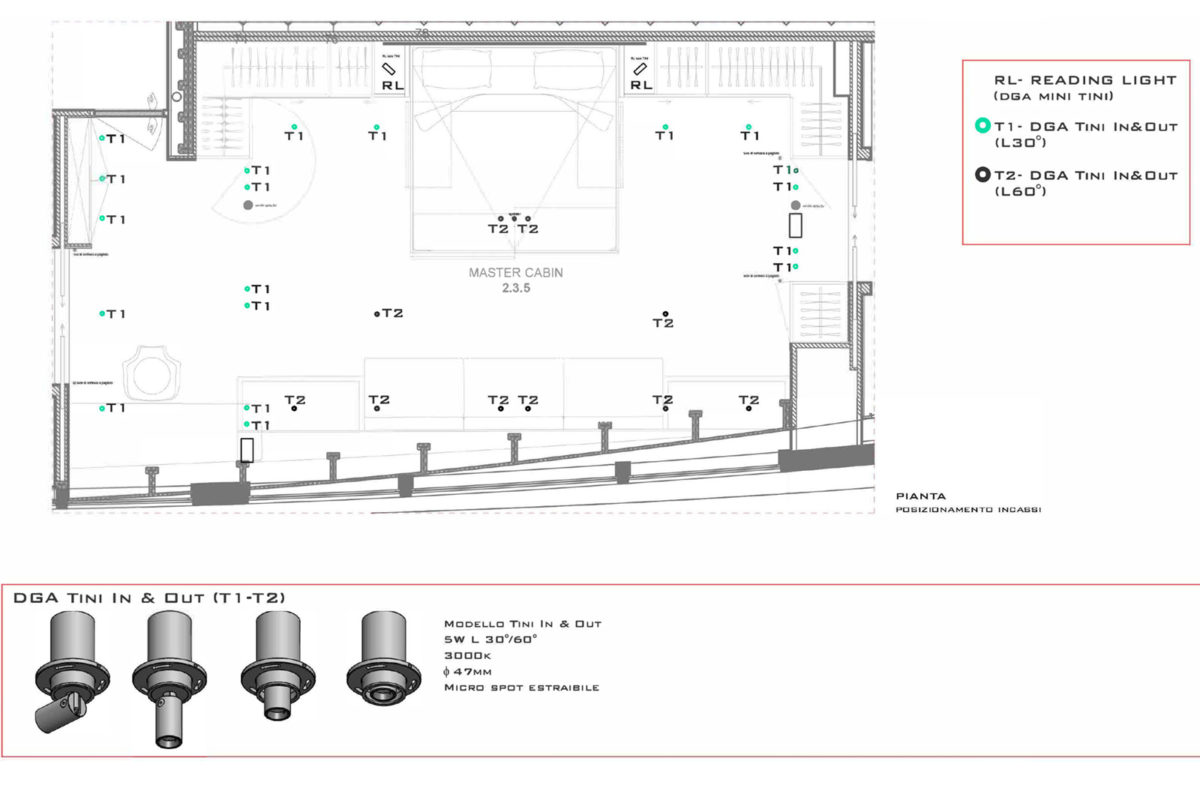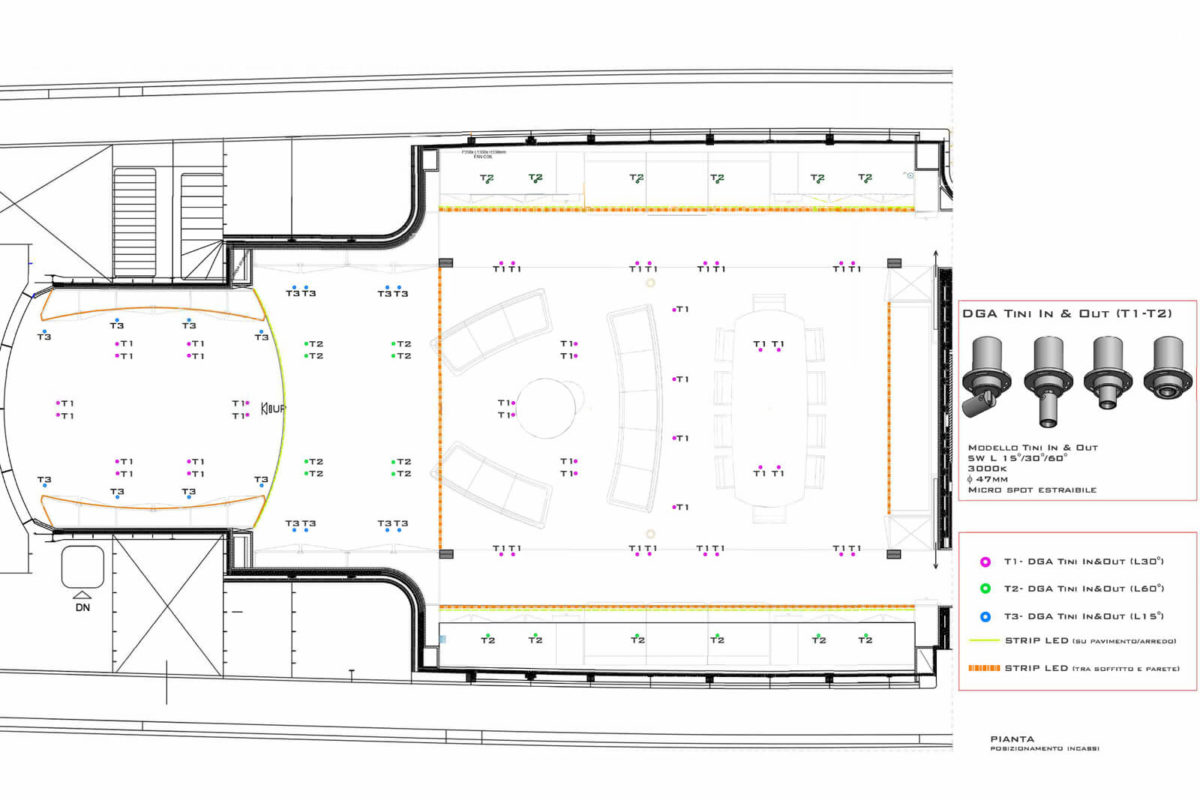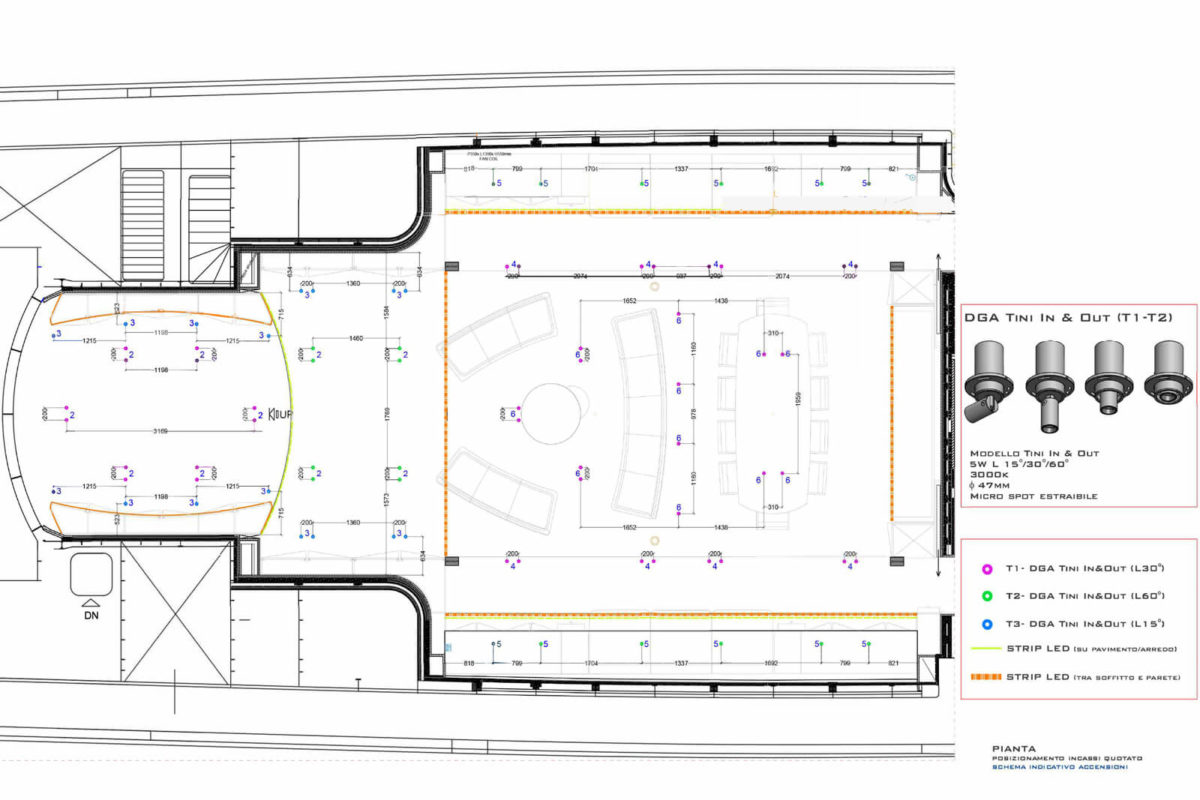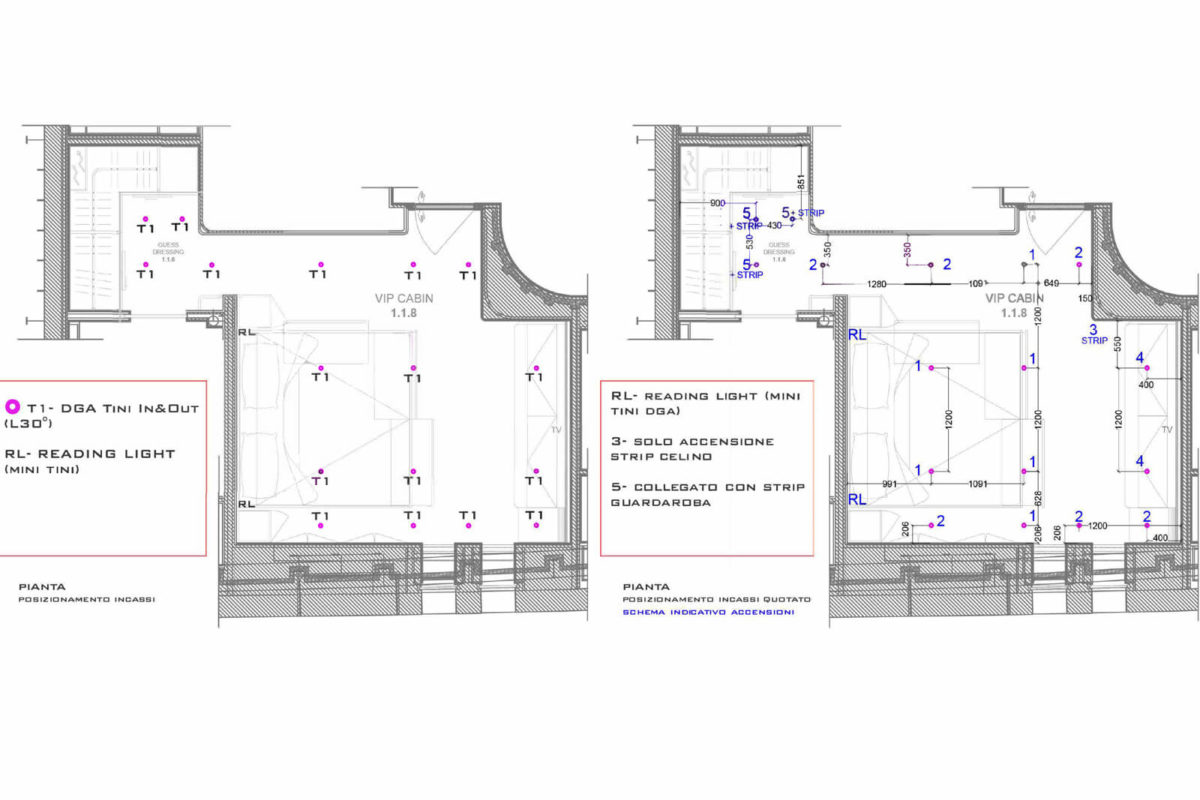Ligh
ting
Lighting Design
Light is the intangible element to be harmoniously incorporated in the concept of a project, placing itself at the service of architecture to enhance its shapes and style, by stimulating client’s emotions and feelings.
Therefore lighting study is the union of creativity, technical and installation skills in step with the most current technologies.
The beginning of each project starts by obtaining knowledge and understanding of the client, his personality, habits and his ideas and desires.
Needs and expectations are identified, as are the boundaries between function, mood and any specific needs when required.
The knowledge of the context in which we have to operate is very important, be it a house rather than a yacht, a shop or an office and the style with which it will be realized.
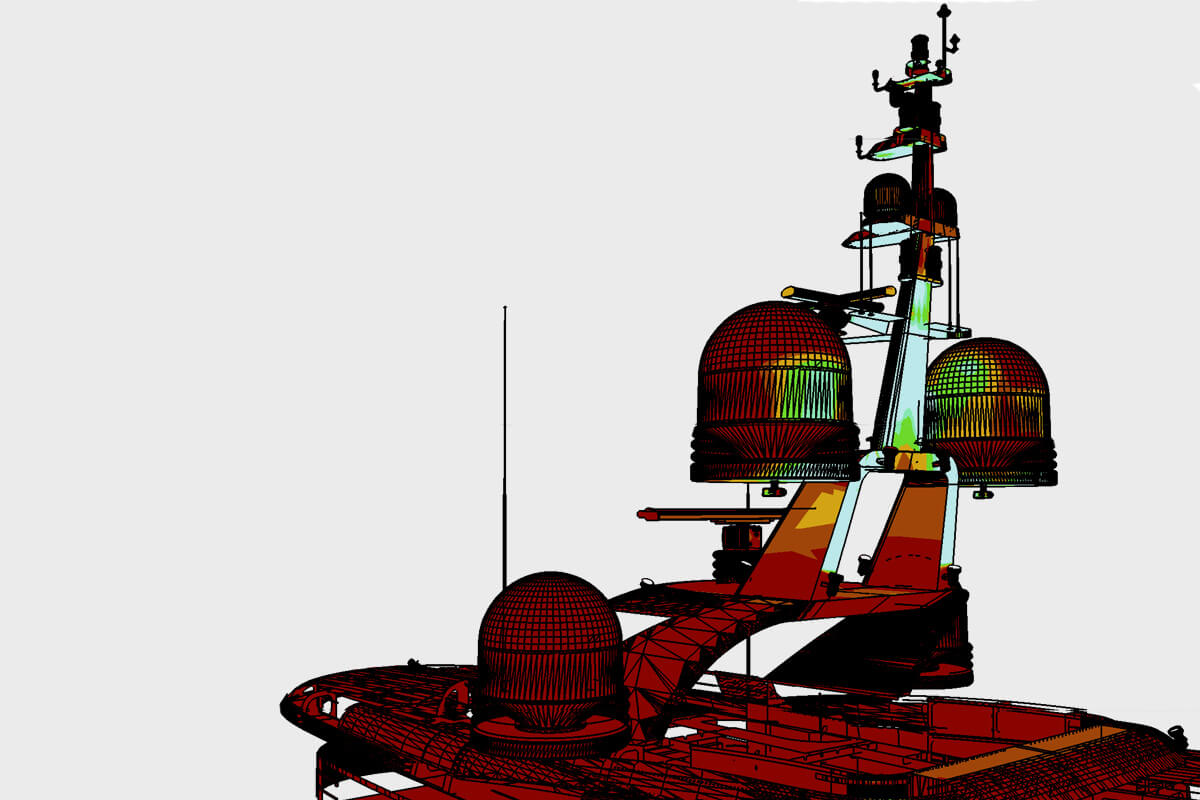
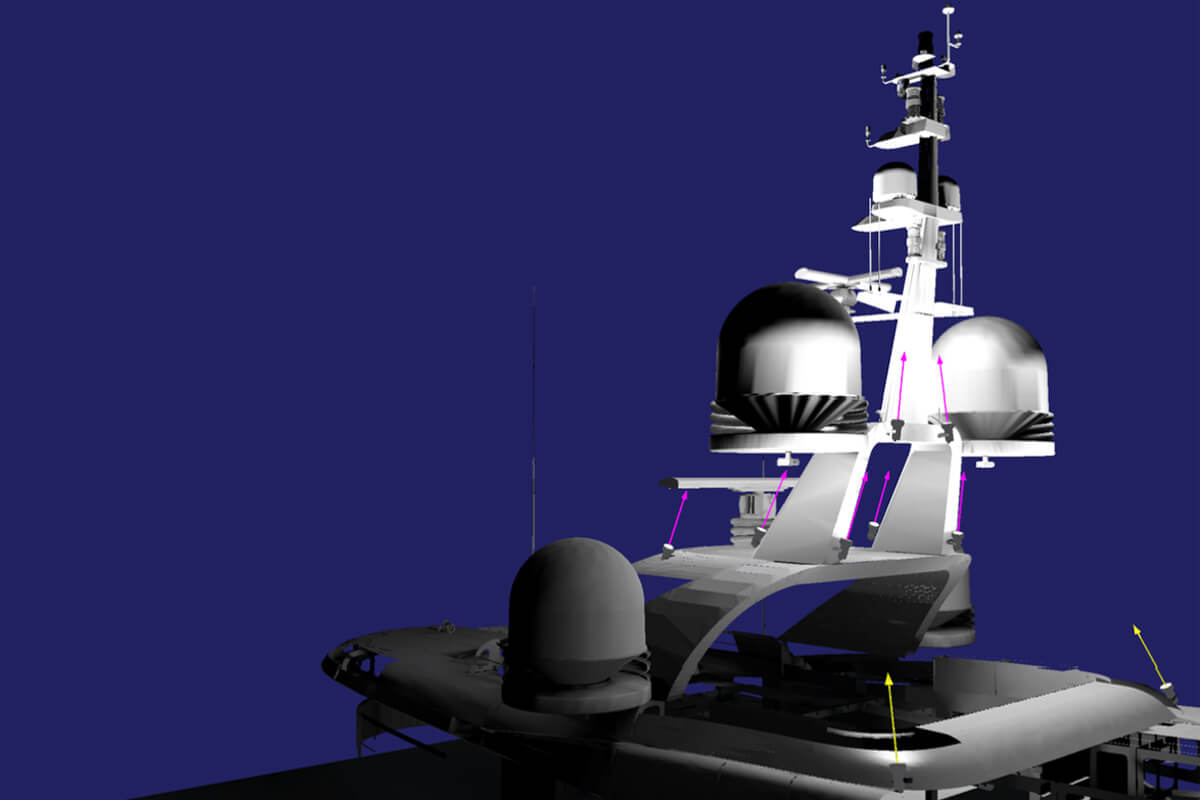
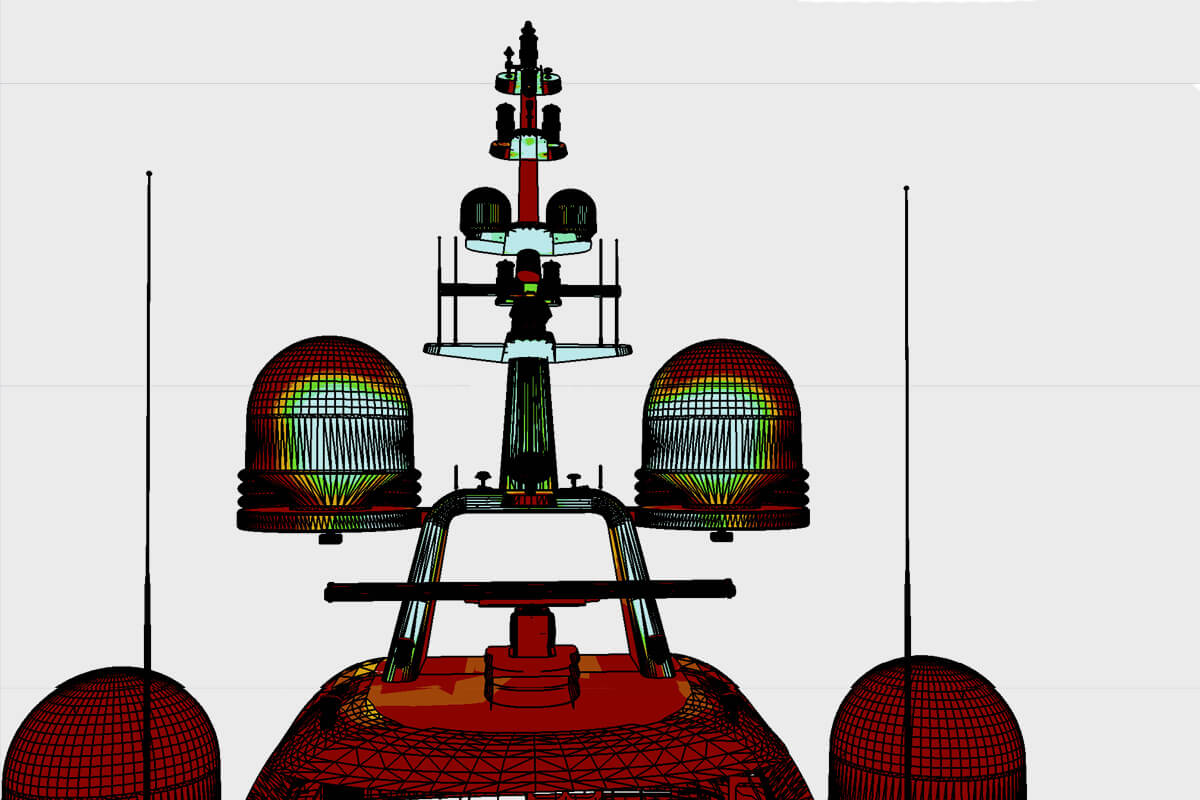
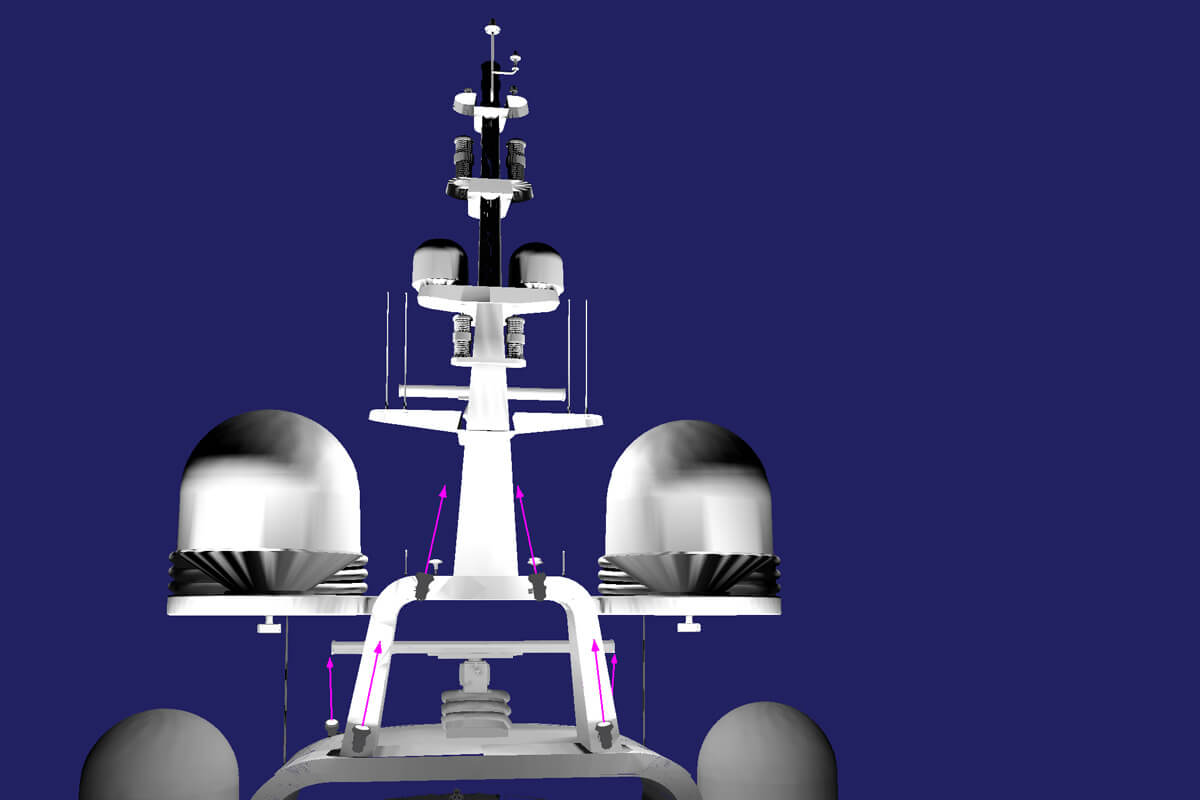
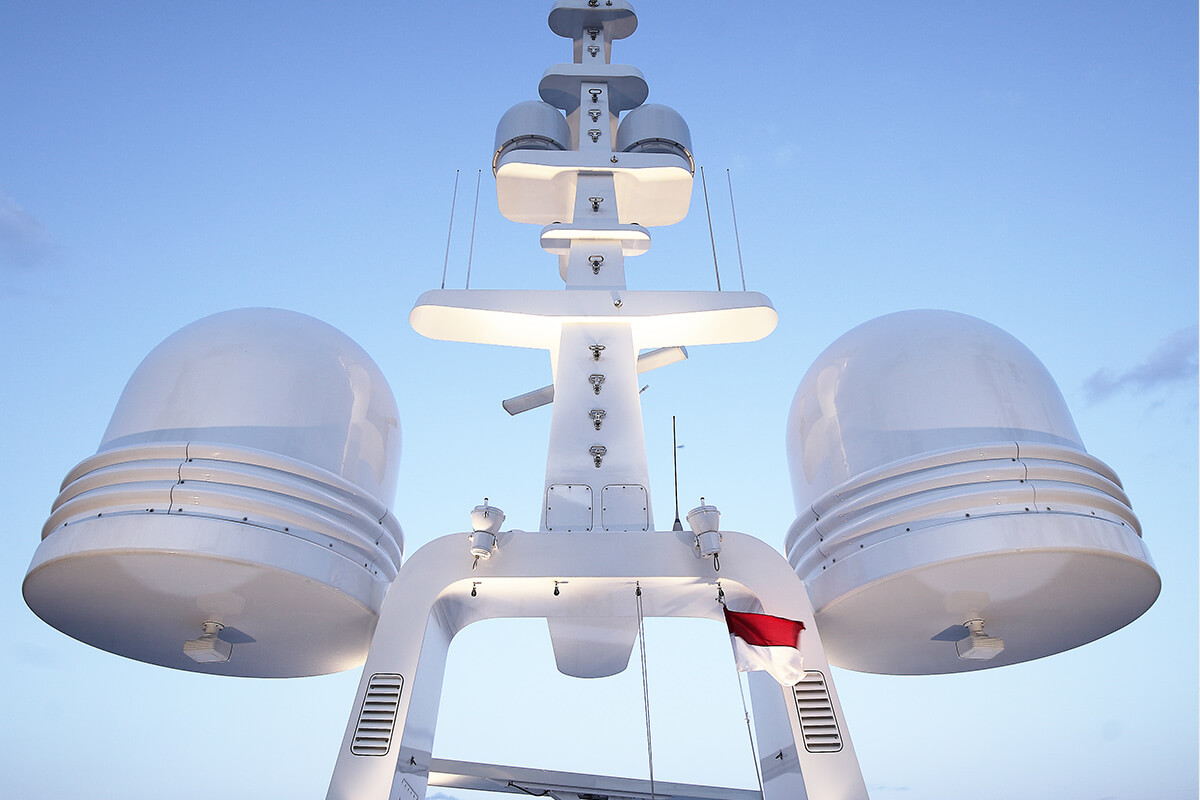
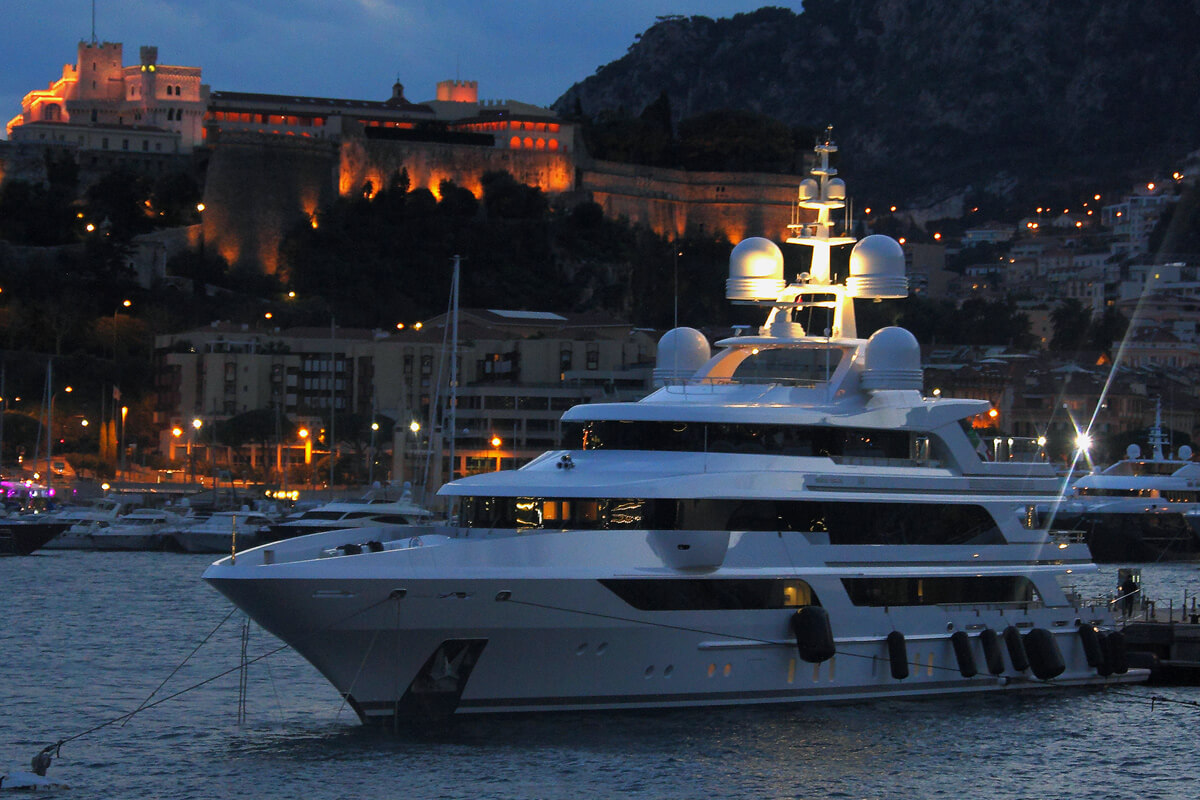
Style Definition
The beginning of each project starts by obtaining knowledge of what really the client wants, by analyzing its personality, habits, ideas and finally its desires.
The knowledge of the context within which it is possible to operate is very important, rather a house than a yacht, a store or an office and the style with which the work will be performed identifying the major force points.
Our aim is to align style and finishes of the interiors and selected devices, being aware of materials and finishes in addition to the aesthetic.
The final outcome has to be a common line that match colors, materials’ style and finishes.
Lighting Analysis
Calculation and verification of lighting determine that illumination’s values are adequate for functions, for scenarios and the atmospheres which we intend to obtain, responding to the specific rules. They are suitable to obtain some particular effects by evaluating at the same time comfort level and visual well-being.
Sophisticated software simulates a three-dimensional design showing luminance, reflections and shadows, identifying also other technical parameters.
This is used to define the best types of lighting sources, their optical properties, quantities and positions.
Light Renderings
The information obtained with the previous phases are then translated into a series of renderings, through which the customer can understand the final result.
We can thus simulate with great fidelity various solutions, adjusting possible scenarios, until final design approval is given, at which point we can then start the next phases.
Renderings can be realized with different levels of resolution and complexity in order to obtain a real photographic representation of the selected environment, completed with decors and finishes in every details.
Moreover it is possible to perform a sequence of rendering of the same ambient, framed by the same perspective point of view in order to obtain several scenarios, by varying all the possible parameters available in the designed circuits.
Executive Project
Client’s needs and expectations are identified, as are the borders between functionality, mood and any specific needs wherever required.
